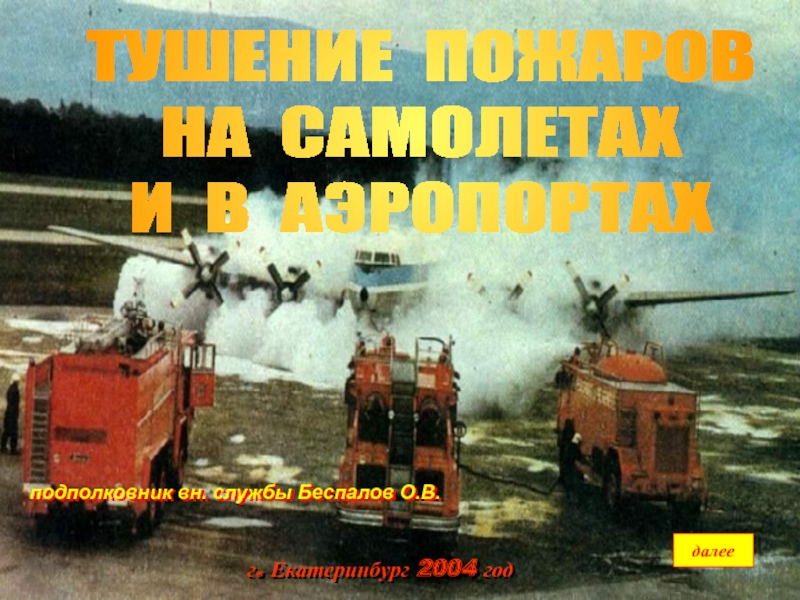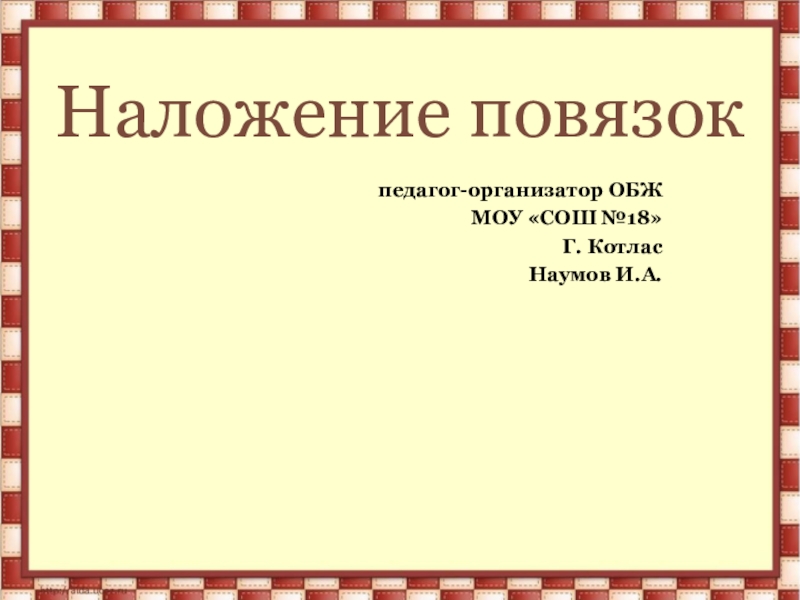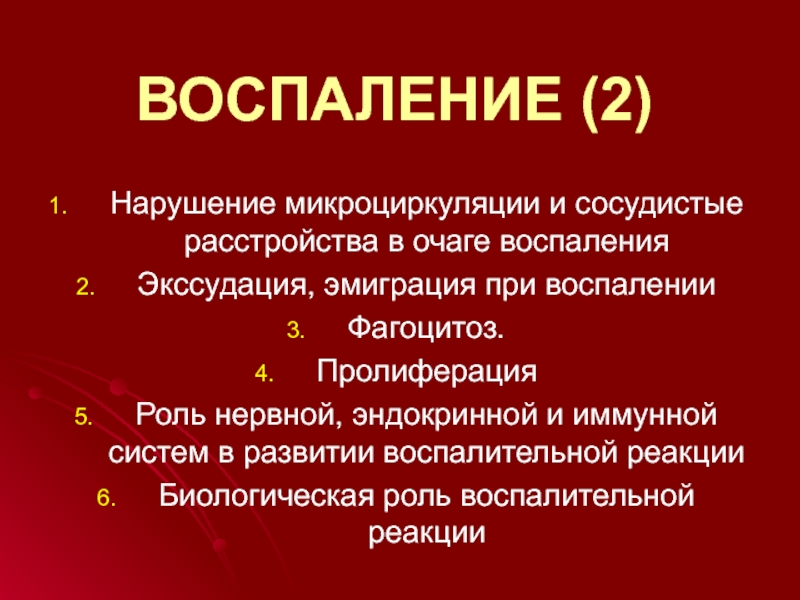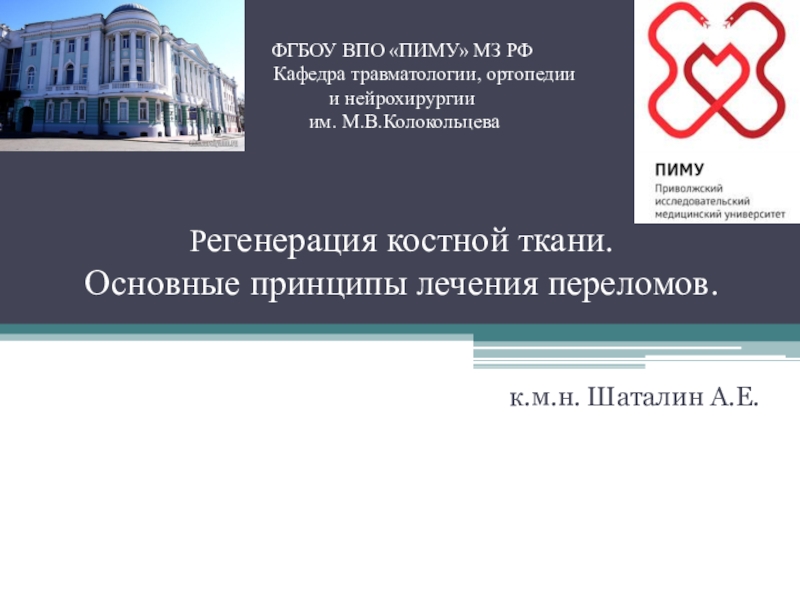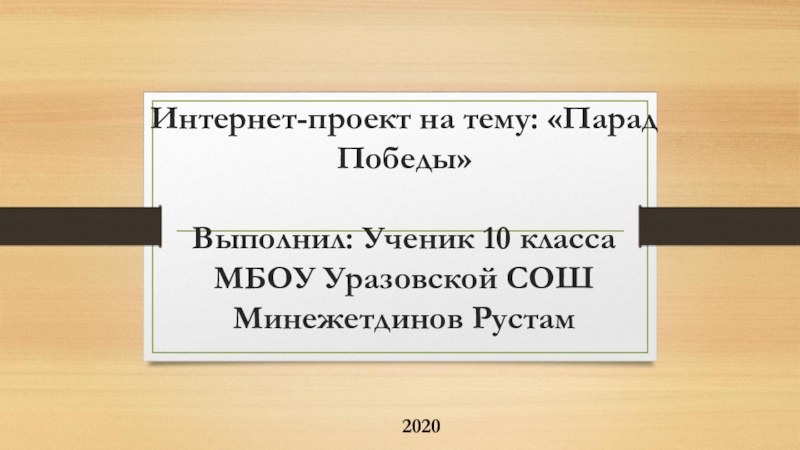Разделы презентаций
- Разное
- Английский язык
- Астрономия
- Алгебра
- Биология
- География
- Геометрия
- Детские презентации
- Информатика
- История
- Литература
- Математика
- Медицина
- Менеджмент
- Музыка
- МХК
- Немецкий язык
- ОБЖ
- Обществознание
- Окружающий мир
- Педагогика
- Русский язык
- Технология
- Физика
- Философия
- Химия
- Шаблоны, картинки для презентаций
- Экология
- Экономика
- Юриспруденция
Middle East policy of the European Union in the beginning of the XXI century
Содержание
- 1. Middle East policy of the European Union in the beginning of the XXI century
- 2. Syllabus:The European Union foreign policy in the
- 3. The main aim of the course is
- 4. The European Union foreign policy in the
- 5. Middle East problem origin (the
- 6. XIX centuryArab nationalismJewish nationalism
- 7. Rise of Jewish Nationalism (Zionism)Zionism: Jewish
- 8. Theodor Herzl (1860 – 1904)an Austrian journalist
- 9. The First World Zionist Congress at Basel,
- 10. The World Zionist Organization, or WZO, was founded as
- 11. The development of Arab nationalismArab nationalism is
- 12. Hussein ibn Ali al-Hashimi (1853/1854 – 1931) a
- 13. NegotiationsThe Hussein-McMahon Correspondence (July 1915 - March 1916)The Sykes-Picot Agreement (1916)The Balfour Declaration (1917)
- 14. The Hussein-McMahon CorrespondenceThe McMahon Hussein Correspondence, or the Hussein–McMahon Correspondence,
- 15. The Sykes–Picot AgreementThe Sykes–Picot Agreement, officially known as the Asia
- 16. Chaim Weizmann (1874 – 1952) Zionist leader
- 17. Arthur James Balfour (1848 –1930) British statesman
- 18. The Peace Conference in 1919 in ParisFaisal
- 19. The British Mandate for Palestine July 1922“The
- 20. San Remo conference (19 to 26 April
- 21. The British Mandate authorities granted the Jewish
- 22. The 1936–1939 Arab revolt in Palestine The 1936–1939 Arab
- 23. The 1936–1939 Arab revolt in Palestine The Arab
- 24. By 1936 the increase in Jewish immigration
- 25. The Arab Higher Committee or the Higher National Committee was
- 26. Reorientation of British policy in Palestine: Britain's
- 27. Britain's policy change in Palestine was not
- 28. In 1937 the British, working with their
- 29. In 1937 the Twentieth Zionist Congress rejected
- 30. the Arabs were unable to match the
- 31. Orde Charles Wingate (1903 – 1944) -
- 32. The 1936–1939 Arab revolt in Palestineeighty Jews were
- 33. United Nations Partition Plan for Palestine In
- 34. The establishment of the Israel state
- 35. Middle East Conflict (1948 - 1993):Arab-Israeli wars:
- 36. Arab-Israeli warsThe Arab-Israeli conflict is a modern phenomenon, which
- 37. Background: The Holocaust and WWII severely diminished
- 38. The 1948 Arab–Israeli WarThe 1948 Arab–Israeli War, or the First
- 39. War of 1956 The Suez Crisis or the Second Arab–Israeli
- 40. 1956. The Suez Crisis. Nasser of Egypt
- 41. War of 1967The Six-Day War, also known as
- 42. War of 1973 (Fourth Arab-Israeli War) The Yom
- 43. Camp David AccordsOn March 26, 1979, Israel
- 44. Palestine Liberation OrganizationPalestine Liberation Organization (PLO) is
- 45. On June 5, 1982, less than six
- 46. First intifada (1987-1993)The First Intifada or First Palestinian Intifada (also known
- 47. The Oslo AccordsThe Oslo Agreement, also known
- 48. Middle East Conflict at the turn of
- 49. Creation of Palestine national administrationPalestinian Authority (PA),
- 50. The first Israeli withdrawals took place in
- 51. Creation of Palestine national administrationMahmoud Abbas (born
- 52. Summit in 2005 - Abbas and Israeli
- 53. A year after the failure of the
- 54. What countries support Palestinian statehood? More than
- 55. Слайд 55
- 56. The Fatah–Hamas conflictThe Fatah–Hamas conflict (the Palestinian Civil War), was
- 57. 2010 to present: tensions and reconciliation attempts
- 58. The Roadmap for peace First presented in 2002,
- 59. «Road map for peace» program failureIn the
- 60. British involvement Until 2003, British intelligence officer
- 61. Palestine–European Union relations Relations between the Eoropean Union
- 62. Representation The EU maintains a representative office
- 63. Position on Israeli issuesThe EU has insisted
- 64. Position on statehood EU first endorsed the
- 65. Middle East Peace process: EU position The
- 66. The EU is willing to work with
- 67. In 2013 and 2014, the EU strongly
- 68. Regarding the Gaza Strip, the conflict in
- 69. EU positions on the Middle East peace
- 70. EU policymaking from the "Venice Declaration" The
- 71. EU political support for the Middle East
- 72. EU practical & financial support for the
- 73. EU assistance is intended to foster the
- 74. EU Joint Programming (EU JP) in Palestine The
- 75. EU's interventions focus on the following five
- 76. The EU’s policy toward establishing a Palestinian
- 77. Скачать презентанцию
Слайды и текст этой презентации
Слайд 2Syllabus:
The European Union foreign policy in the end of the
XX – the beginning of the XXI centuries
Middle East Conflict
at the turn of the XX-XXI centuriesThe European approach to the East Peace Process
The European Union leading member countries and political situation in the Middle East region in the beginning of the XXI century
Слайд 3The main aim of the course is to create a
comprehensive understanding of current situation in the Middle East and
main directions of the policy of the EU leading member states towards that region.The objects of the course are:
to introduce the situation in the Middle East region in the end of the XX – the beginning of the XXI centuries
to observe key aspects of Arab-Israeli conflict history
to analyze strategic priorities and practice content of policy pursued by the EU towards Middle East countries under the region changing conditions
to consider the influence of the EU on the Middle East situation in the terms of geopolitical processes
Слайд 4The European Union foreign policy in the end of the
XX – the beginning of the XXI centuries
Introduction
Policy and actors
Diplomatic representation
- History
- Locations
- Member state missions
Relations
- Africa and Middle East
- America
- Asia-Pacific
- Europe and Central Asia
Слайд 5
Middle East problem origin
(the end of XIX century –
1948)
Historical background: the rise of Arab and Jewish nationalism
The
Jewish national movement - the development of the Zionist ideaThe development of Arab nationalism
British Mandate of Palestine and its effects on Arab-Israeli question
1936-1939 Arab revolt in Palestine
The establishment of the Israeli state
Слайд 7Rise of Jewish Nationalism
(Zionism)
Zionism: Jewish national movement that has had
as its goal the creation and support of a Jewish
national state in Palestine, the ancient homeland of the Jews.For Zionists the Land of Israel is the homeland of the Jewish people
It is rooted in the Bible and Jewish history
Слайд 8Theodor Herzl (1860 – 1904)
an Austrian journalist is considered to
be the founder of the Modern Zionist movement.
Der Judenstaat (The
Jews' State)1896
Слайд 9The First World Zionist Congress at Basel, Switzerland, 1897
“Basel program”:
Zionism strives to create for the Jewish people a home
in Palestine secured by public law.Слайд 10The World Zionist Organization, or WZO, was founded as the Zionist Organization (ZO; 1897–1960)
at the initiative of Theodor Herzl at the First World Zionist
CongressThe goals of the Zionist movement:
(the promotion of the settlement of Jewish agriculturists [farmers], artisans, and tradesmen in Palestine;
the federation [unified organisation] of all Jews into local or general groups, according to the laws of the various countries;
the strengthening of the Jewish feeling and consciousness [national sentiment and national consciousness];
preparatory steps for the attainment of those governmental grants which are necessary to the achievement of the Zionist purpose."
Слайд 11The development of Arab nationalism
Arab nationalism is a nationalist ideology that
asserts the Arabs are a nation and promotes the unity of
Arab people, celebrating the glories of Arab civilization, the language and literature of the Arabs, calling for rejuvenation and political union in the Arab worldIts central premise is that the peoples of the Arab world, from the Atlantic Ocean to the Indian Ocean, constitute one nation bound together by common ethnicity, language, culture, history, identity, geography and politics.
One of the primary goals of Arab nationalism is the end of Western influence in the Arab world, seen as a "nemesis“ of Arab strength, and the removal of those Arab governments considered to be dependent upon Western power.
Слайд 12Hussein ibn Ali al-Hashimi
(1853/1854 – 1931)
a Hashemite Arab leader who
was the Sharif and Emir of Mecca from 1908 and, after
proclaiming the Arab revolt (10 June 1916) against the Ottoman Empire, King of the Hejaz from 1916 to 1924.Слайд 13Negotiations
The Hussein-McMahon Correspondence
(July 1915 - March 1916)
The Sykes-Picot Agreement (1916)
The Balfour
Declaration (1917)
Слайд 14The Hussein-McMahon Correspondence
The McMahon Hussein Correspondence, or the Hussein–McMahon Correspondence, was a series
of ten letters exchanged from July 1915 to March 1916, during
World war I , between Hussein ibn Ali, Sharif of Mecca and Lieutenant Colonel Sir Henry McMahon, British High Commissioner to Egypt, concerning the political status of lands under the Ottoman Empire.In the letters Britain agreed to recognize Arab independence after World War I "in the limits and boundaries proposed by the Sharif of Mecca ", with the exception of "portions of Syria" lying to the west of "the districts of Damascus, Homs, Hama and Aleppo", in exchange for launching the Arab Revolt against the Ottomans
Слайд 15The Sykes–Picot Agreement
The Sykes–Picot Agreement, officially known as the Asia Minor Agreement, was
a secret 1916 agreement between the United Kingdom and France, to
which the Russian Empire assented. The agreement defined their mutually agreed spheres of influence and control in Southwestern Asia.The negotiations leading to the agreement occurred between November 1915 and March 1916 and it was signed 16 May 1916.
Слайд 16Chaim Weizmann (1874 – 1952)
Zionist leader and Israeli statesman who
served as President of the Zionist Organization and later as the
first President of Israel .He was elected on 16 February 1949, and served until his death in 1952.Weizmann convinced the United States government to recognize the newly formed state of Israel.
Слайд 17Arthur James Balfour (1848 –1930) British statesman of the Conservative Party who served
as prime Minister of the United Kingdom from 1902 to
1905. As Foreign Secretary from 1916 to 1919.The Balfour Declaration is a statement, issued by the British government on November 2, 1917, favoring the establishment in Palestine of a national home for the Jews but without prejudice to the civil and religious rights of existing non-Jewish communities in Palestine.
The Balfour Declaration
Слайд 18
The Peace Conference in 1919 in Paris
Faisal I (1885 –
1933)
Arab statesman and king of Iraq (1921 -1933) who was a
leader in advancing Arab nationalism during and after World War I. The British Mandate for Palestine
Слайд 19The British Mandate for Palestine
July 1922
“The historical connection of the
Jewish people with Palestine"
The British Mandate for Palestine, also known
as the Mandate for Palestine or the Palestine Mandate, was a League of Nations mandate for the territory that had formerly constituted the Ottoman Empire sanjaks (administrative divisions of the Ottoman Empire: of Nablus, Acre, the Southern part of the Villayet of Syria, the Southern portion of the Beirut Vilayet, and the Mutasarrifate of Jerusalem, prior to the Armistice of Mudros)The mandate said that the Arabs in Palestine would receive civil and religious rights, but not political rights of self-determination. The Arab people would receive their political rights in the rest of the Middle East under the mandates for Syria and Iraq.
Слайд 20San Remo conference (19 to 26 April 1920)
The San
Remo Resolution adopted on 25 April 1920 incorporated the Balfour
Declaration of 1917The British government had undertaken to favour the establishment of a Jewish national home in Palestine without prejudice to the civil and religious rights of existing non-Jewish communities in Palestine or the rights and political status enjoyed by Jews in any other country.
Britain received the mandate for Palestine and Iraq;
France gained control of Syria, including present-day Lebanon.
Britain and France also signed the San Remo Oil Agreement.
The draft peace agreement with Turkey signed at the conference became the basis for the 1920 Treaty of Sèvres.
Germany was called upon to carry out its military and reparation obligations under the Versailles Treaty, and a resolution was adopted in favour of restoring trade with Russia.
Слайд 21The British Mandate authorities granted the Jewish and Arab communities
the right to run their internal affairs
The yishuv (The Jewish
Community in Mandatory Palestine) established the Elected Assembly and the National CouncilThe economy expanded
A Hebrew education network was organized
Cultural life flourished
Слайд 22The 1936–1939 Arab revolt in Palestine
The 1936–1939 Arab revolt in Palestine, later
came to be known as "The Great Revolt", was a
nationalist uprising by Palestinian Arabs in mandatory Palestine against the British administration of the Palestine Mandate, demanding Arab independence and the end of the policy of open-ended Jewish immigration and land purchases with the stated goal of establishing a "Jewish National Home".Mohammed Amin al-Husseini (1897 –1974) Palestinian Arab nationalist and Muslim leader in mandatory Palestine
Слайд 23The 1936–1939 Arab revolt in Palestine
The Arab High Command (led by
the Mufti Haj Amin al-Husseini; represented Arab interests in Palestine)
general strike of Arab workers and a boycott of Jewish products terrorist attacks against the Jews and the British
the first stage of the "Arab Revolt" lasted until November, 1936
the second stage began in September 1937, shortly after the Peel Commission* recommended the partition of Palestine
* The Peel Commission, formally known as the Palestine Royal Commission, was a British Royal Commission of Inquiry, headed by Lord Peel, appointed in 1936 to investigate the causes of unrest in Mandatory Palestine, which was administered by Britain, following the six-month-long Arab general strike in Mandatory Palestine
Слайд 24By 1936 the increase in Jewish immigration and land acquisition
the
growing power of Hajj Amin al Husseini
general Arab frustration at
the continuation of European ruleApril 1936 an Arab attack on a Jewish bus
major Palestinian rebellion
The 1936–1939 Arab revolt in Palestine
Слайд 25The Arab Higher Committee or the Higher National Committee was the central political
body of the Arab Palestinians in Mandatory Palestine.
It was established
on 25 April 1936, on the initiative of Haj Amin al-Husseini, the Grand Mufti of Jerusalem, and comprised the leaders of Palestinian Arab clans and political parties under the mufti's chairmanship. The Committee was outlawed by the British Mandatory administration in September 1937 after the assassination of a British official.The 1936–1939 Arab revolt in Palestine
Three basic demands:
cessation of Jewish immigration
end to all further land sales to the Jews
establishment of an Arab national government
Слайд 26Reorientation of British policy in Palestine:
Britain's dependence on Middle
Eastern oil, and therefore the need for Arab goodwill, loomed
increasingly large in its strategic thinkingJewish leverage in the Foreign Office had waned; the pro-Zionists (Balfour and Samuels) had left the Foreign Office
the new administration was not inclined toward the Zionist position
the Jews had little choice but to support Britain against Nazi Germany
Britain's commitment to a Jewish homeland in Palestine dissipated and the Mandate authorities pursued a policy of appeasement with respect to the Arabs
The 1936–1939 Arab revolt in Palestine
Слайд 27Britain's policy change in Palestine was not easily implemented:
Successive British
governments had supported a Jewish national home in Palestine.
The
extent of the Jewish presence and the rapidly deteriorating fate of European Jewry The existing Palestinian leadership (dominated by Hajj Amin al Husayni) was unwilling to grant members of the Jewish community citizenship or to guarantee their safety if a new Arab entity were to emerge.
Thus, for the British the real options were to impose partition, to pull out and leave the Jews and Arabs to fight it out, or to stay and improvise.
The 1936–1939 Arab revolt in Palestine
Слайд 28In 1937 the British, working with their regional Arab allies,
mediated an end to the revolt with the AHC.
A
Royal Commission on Palestine (known as the Peel Commission) was immediately dispatched to Palestine Its report, issued in July 1937, described the Arab and Zionist positions and the British obligation to each as irreconcilable and the existing Mandate as unworkable partition of Palestine into Jewish and Arab states, with a retained British Mandate over Nazareth, Bethlehem, and Jerusalem and a corridor from Jerusalem to the coast.
The 1936–1939 Arab revolt in Palestine
Слайд 29In 1937 the Twentieth Zionist Congress rejected the proposed boundaries
but agreed in principle to partition.
Palestinian Arab nationalists rejected
any kind of partition. The British government approved the idea of partition
The Woodhead Commission (officially the Palestine Partition Commission) was a British technical commission established to propose "a detailed" partition scheme for Mandatory Palestine , including recommending the partition boundaries and examination of economic and financial aspects of the Peel Plan.
The Palestinian Revolt broke out again in the autumn of 1937. The British put down the revolt using harsh measures, shutting down the AHC and deporting many Palestinian Arab leaders
The 1936–1939 Arab revolt in Palestine
Слайд 30the Arabs were unable to match the Zionists' highly sophisticated
organization
the involvement of the Arab states as advocates of the
Palestinian Arabsby 1939 pan-Arab pressure carried increasing weight in London
the British sanctioned the arming of the Haganah (a Jewish paramilitary organization in the British Mandate of Palestine (1921 – 1948), which became the core of the Israel Defence Forces (IDF)
the two groups cooperated until, in 1939, the disturbances came to an end
The 1936–1939 Arab revolt in Palestine
Слайд 31Orde Charles Wingate (1903 – 1944) - a senior British
Army officer
The 1936–1939 Arab revolt in Palestine
publication of 1939 White paper:
Issued
on May 17, 1939, it rejected the Peel Commission’s partition plan on the grounds that it was not feasible. The document stated that Palestine would be neither a Jewish state nor an Arab one, but an independent state to be established within ten years. Слайд 32The 1936–1939 Arab revolt in Palestine
eighty Jews were murdered by terrorist
acts during the labor strike
total of 415 Jewish deaths were
recorded during the whole 1936-1939 Arab Revolt period. the toll on the Arabs was estimated to be roughly 5,000 dead, 15,000 wounded, and 5,600 imprisoned.
Слайд 33United Nations Partition Plan for Palestine
In 1947, Great Britain asks
the United Nations for help in dividing up the land
that was promised to both the Jews and the Arabs.The United Nations felt it was right to create a Jewish state in Palestine due to their suffering in the Holocaust
Jews agreed, but Arabs vowed to do anything needed to prevent the U.N. plan from being carried out
The Jews were outnumbered in Palestine, but their armies were much more advanced because of involvement in World War II.
The UN General Assembly adopted the resolution to partition Palestine on November 29, 1947
The resolution recommended the creation of independent Arab and Jewish States and a Special International Regime for the city of Jerusalem
Слайд 34The establishment of the Israel state
The British mandate over
Palestine officially terminated at midnight, May 14, 1948
David Ben-Gurion proclaimed
the creation of the State of Israel and became its first prime minister. Chaim Weizmann became Israel's first president
On May 15, the United States recognized the State of Israel and the Soviet Union soon followed suit.
David Ben-Gurion (1886 – 1973) - the primary national founder of the State of Israel and the first Prime Minister of Israel
Слайд 35Middle East Conflict (1948 - 1993):
Arab-Israeli wars: 1948, 1956, 1967,
1973: results and consequences
Arab and Jewish Refugees
Palestine Liberation Organization
creation Yasser Arafat, Palestinian leader.
Diplomatic efforts to regulate the conflict.
Camp David Accords
Development of process of Arab-Israeli peaceful settlement.
First intifada (1987-1993)
Oslo Accord
Слайд 36Arab-Israeli wars
The Arab-Israeli conflict is a modern phenomenon, which has its roots
in the end of the 19th century. The conflict became
a major international issue with the birth of Israel in 1948. The Arab–Israeli conflict has resulted in at least five major wars and a number of minor conflicts. It has also been the source of two major Palestinian uprisings (intifadas)Arab-Israeli wars, series of military conflicts between Israeli and various Arab forces, most notably in 1948–49, 1956, 1967, 1973, and 1982.
Слайд 37Background:
The Holocaust and WWII severely diminished the Jewish population
The movement
to create a state or Jewish Homeland, gained support following
the warThe site for this Jewish Homeland was designated in the Middle East (Mostly Arab region)
In the 19th-20th centuries, Jews started to move back to the region.
Zionists: People who favored a Jewish homeland in Palestine.
Following WWI, Britain oversaw Palestine until it was ready for independence
Jews had become a growing presence in the region at this time
Слайд 38The 1948 Arab–Israeli War
The 1948 Arab–Israeli War, or the First Arab–Israeli War, was
fought between the State of Israel and a military coalition of
Arab states over the control of Palestine, forming the second stage of the 1948 Palestine war1948 Britain withdraws, and the Jews establish the State of Israel
Both the U.S. and the USSR recognize the newly created state
The Arabs were determined to destroy the state of Israel
1948: The day after Israel proclaimed itself a nation Egypt, Iraq, Jordan, Lebanon, Saudi Arabia and Syria invaded Israel
Israel is victorious
Слайд 39War of 1956
The Suez Crisis or the Second Arab–Israeli War also named the Tripartite
Aggression (in the Arab world) and Operation Kadesh or Sinai War (in Israel), was
an invasion of Egypt in late 1956 by Israel, followed by the United Kingdom and France.The aims were to regain Western control of the Suez Canal and to remove Egyptian President Gamal Abdel Nasser, who had just nationalized the canal.
Gamal Abdel Nasser Hussein (1918 –1970) was the second President of Egypt, serving from 1956 until his death in 1970
Слайд 401956. The Suez Crisis. Nasser of Egypt nationalizes Suez Canal
Britain
and France assist Israel with an invasion
Israel defeats Egyptians
but U.S. and USSR force Israel to withdraw in march 1957Canal is left to Egypt
War of 1956
Слайд 41War of 1967
The Six-Day War, also known as the June War, 1967 Arab–Israeli
War, or Third Arab–Israeli War, was fought between June 5 and
10, 1967 by Israel and the neighboring states of Egypt (known at the time as the Untied Arab Republic), Jordan and Syria.The Israelis mount a pre-emptive strike against Egypt, Iran, Jordan, and Syria
Israel takes control of the Sinai Peninsula, and the Golan Heights
The Arab League summit (August 29 1967)
- "The Three No's“:
no peace with Israel,
no recognition of Israel,
no negotiations with Israel.
Слайд 42War of 1973 (Fourth Arab-Israeli War)
The Yom Kippur War, Ramadan War, or October
War, also known as the 1973 Arab–Israeli War, was a war
fought by a coalition of Arab states led by Egypt and Syria against Israel from October 6 to 25, 1973.1973. Egypt and Syria attack Israel on the Jewish holy day Yom Kippur
Although Israel was taken off guard, they still manage to repulse the attack
Israel and Egypt signed a cease-fire agreement in November and peace agreements on January 18, 1974.
This agreement was supplemented by another, signed on September 4, 1975.
On May 31, 1974, Israel and Syria signed a cease-fire agreement that also covered separation of their forces by a UN buffer zone and exchange of prisoners of war.
Слайд 43Camp David Accords
On March 26, 1979, Israel and Egypt signed
a peace treaty formally ending the state of war that
had existed between the two countries for 30 years.Israel returned the entire Sinai Peninsula to Egypt
Egypt recognized Israel’s right to exist
The two countries subsequently established normal diplomatic relations
The Camp David Accords were signed by Egyptian president Anwar El Sadat and Israeli Prime Minister Menachem Begin on 17 September 1978, following twelve days of secret negotiations at Camp David . The two framework agreements were signed at the White House, and were witnessed by United States President Jimmy Carter.
Слайд 44Palestine Liberation Organization
Palestine Liberation Organization (PLO) is an organization founded
in 1964 with the purpose of the "liberation of Palestine"
through armed struggle, with much of its violence aimed at Israeli civiliansUsed terrorist tactics and fought a guerilla war against Israelis at home and abroad
Led by Yasser Arafat
Yasser Arafat(1929 – 2004)
a Palestinian political leader,
Chairman of the Palestine Liberation Organization (PLO) from 1969 to 2004 and President of the Palestinian National Authority (PNA) from 1994 to 2004
Слайд 45On June 5, 1982, less than six weeks after Israel’s
complete withdrawal from the Sinai, increased tensions between Israelis and
Palestinians resulted in the Israeli bombing of Beirut and southern Lebanon, where the Palestine Liberation Organization (PLO) had a number of strongholds.Israel invaded Lebanon, and by June 14 its land forces reached as far as the outskirts of Beirut
Israeli army had withdrawn entirely from Lebanon by June 1985
Слайд 46First intifada (1987-1993)
The First Intifada or First Palestinian Intifada (also known simply as the intifada or intifadah)
was a Palestinian uprising against the Israeli occupation of the West Bank and
Gaza Strip. The uprising lasted from December 1987 until the Madrid Conference in 1991, though some date its conclusion to 1993, with the signing of the Oslo AccordsСлайд 47The Oslo Accords
The Oslo Agreement, also known as the Oslo
Accords, is an agreement signed between the State of Israel and
the Palestine Liberation Organization (PLO) on September 13, 1993, meant to effectively bring the Israeli-Palestinian conflict to its end by means of territorial concessions and facilitating the creation of the Palestinian Authority.The official signing ceremony was held in Washington with then-Israeli Prime Minister Yitzhak Rabin and PLO Chairman Yasser Arafat representing both sides and US President Bill Clinton serving as their witness.
Слайд 48Middle East Conflict at the turn of the XX-XXI centuries:
Creation
of Palestine national administration
The Fatah–Hamas conflict
«Road map for peace» program
and the EU The EU as the part of the Middle East Quartet (composed of the U.S., EU, Russian and UN representatives)
European policies in the Palestinian Territories
«Road map for peace» program failure
Слайд 49Creation of Palestine national administration
Palestinian Authority (PA), formally Palestinian National Authority,
governing body of the emerging Palestinian autonomous regions of the West
Bank and Gaza Strip established in 1994 as part of the peace agreement between Israel and the Palestine Liberation Organization (PLO).The historic Declaration of Principles (the Oslo Accords): mutual recognition and terms whereby governing functions in the West Bank and Gaza would be handed over to a Palestinian council
Israel and the Palestinians were to negotiate a permanent peace treaty to settle on the final status of these territories
Слайд 50The first Israeli withdrawals took place in 1994. That same
year the PA assumed control of many civil functions
Elections were
held in PA-administered areas in 1996 for the presidency and the Palestinian Legislative Council (PLC).PLO chairman Yasser Arafat - president, Fatah party gained a majority of seats within the PLC.
2003 – Prime Minister - Mahmoud Abbas
Слайд 51Creation of Palestine national administration
Mahmoud Abbas (born in 1935)
is the President
of the State of Palestine and Palestinian National Authority. He has been the Chairman of
the Palestine Liberation Organization (PLO) since 11 November 2004, and Palestinian president since 15 January 2005 (Palestinian National Authority since 15 January 2005, and State of Palestine since 8 May 2005).Слайд 52Summit in 2005 - Abbas and Israeli Prime Minister Ariel
Sharon agreed to suspend hostilities, ending the Seсond intifada, a Palestinian
uprising (began in 2000)Elections for the PLC (2006) - Ḥamas won a surprise victory over Fatah.
Ḥamas and Fatah formed a coalition government, but violence between their forces escalated in the Gaza Strip
April 2011 that Ḥamas and Fatah had reached a reconciliation agreement in negotiations mediated by Egypt
The plan, signed in Cairo on May 4 2011, called for the formation of an interim government ahead of presidential and legislative elections that were to be held in 2012.
Abbas was selected for the post of interim president
In September 2011 Abbas submitted a request to the UN Security Council asking for the admission of an independent Palestinian state to the UN
Failure of the Palestinian bid for full membership in the UN
Слайд 53A year after the failure of the Palestinian bid for
full membership in the UN, Abbas announced that he would
seek the UN General Assembly’s implicit recognition of Palestinian statehood by submitting a draft resolution requesting that the status of the Palestinian mission to the UN be upgraded from “permanent observer” to “nonmember observer state.”Formal recognition of non-member observer state status for Palestine at the General Assembly on November 29, 2012
-138 countries in favour,
- 9 opposed,
- 41 abstentions
The resolution also urged Israel and the Palestinians to resume stalled negotiations toward a two-state solution
Слайд 54What countries support Palestinian statehood?
More than 120 countries diplomatically recognize
Palestinian statehood
Some European nations have come out strongly opposed to
the campaign in 2012In the end, many EU countries broke with the White House and voted in favor of the motion
Слайд 55 Hamas
Fatah
Hamas is a Palestinian Sunni-Islamic
fundamentalist organization (founded in 1987)
Fataḥ is a Palestinian nationalist political party and the largest faction of the confederated multi-party Palestine Liberation Organization (PLO), founded in 1959
Слайд 56The Fatah–Hamas conflict
The Fatah–Hamas conflict (the Palestinian Civil War), was a conflict between
the two main Palestinian political parties, Fatah and Hamas , resulting in
the split of the Palestinian Authority in 2007.The reconciliation process and unification of Hamas and Fatah administrations has not finalized
600 Palestinians were killed in the fighting from January 2006 to May 2007
Tensions between Fatah and Hamas began to rise in 2005 after the death of Yasser Arafat
After the Hamas’ legislative victory in 2006, relations were marked by sporadic factional fighting
June 2007 Hamas’ takeover of Gaza
The Palestinian Authority became split into two polities:
1) the Fatah-ruled Palestinian National Authority
2) the Hamas Government in Gaza
Слайд 572010 to present: tensions and reconciliation attempts
Following the Egyptian Revolution
of 2011 and the deposal of Egyptian president Morsi in July
2013, tensions between Fatah and Hamas reached a new high.Egypt will keep the Rafah*border crossing closed, until forces loyal to Palestinian Authority President Abbas have regained control.
A Hamas official accused the PA leadership of playing a major role in enforcing the blockade of the Gaza Strip
In the midst of negotiations to resolve the 2014 Israel-Gaza conflict, the Shin Bet (The Israel Security Agency) revealed an alleged plot by Hamas to depose Fatah rule in the West Bank
This would be achieved by deploying Hamas cells around the West Bank to incite a third intifada and overwhelm Palestinian Authority forces.
More than 90 people were arrested
* Rafah is a Palestinian city and refugee camp in the southern Gaza Strip
Слайд 58The Roadmap for peace
First presented in 2002, September
Outlines a three-stage program
leading to an independent Palestinian state by 2005
Players:
- Palestinian Prime
Minister Mahmoud Abbas - Israeli Prime Minister Ariel Sharon
- United States President George W. Bush
Called for:
- End of terrorism by the Palestinians
- Palestinians must make democratic reforms
- Israel must accept Palestinian government
- Israel must end settlement activity
Derailed:
- Both sides claim the other did not go through with their promises
- The plan was never implemented
The Roadmap for peace
was a plan to resolve the Israeli-Palestinian conflict proposed by the Quartet on the Middle East:
the United States,
the European Union
Russia
the United Nations
Слайд 59«Road map for peace» program failure
In the Sharm el-Sheikh Summit on
8 February 2005, Israelis and Palestinians reconfirmed their commitment to
the Roadmap.At the Annapolis Conference on 27 November 2007, both parties again expressed their commitment to the Roadmap.
The parties did not reach an agreement. The negotiations ended in September 2008 without result.
After the end of President Bush's term of office in January 2009, the Roadmap fell into the background.
The main issues remained: the permanent status of the disputed territories in the West Bank, the ongoing expansion of the settlements, Palestinian terrorism, and the final borders of Israel.
Слайд 60British involvement
Until 2003, British intelligence officer Alastair Crooke played an important
role as mediator between Israel and the Palestinians
British Prime Minister
Tony Blair played an important role in the development of a 2003 MI6 plan for a wide-ranging crackdown on Hamas. It was a "Palestinian Security Plan", drawn up to implement Phase I of the Roadmap. The aim was to stop violent attacks by HamasTony Blair sent British Intelligence officers to the Gaza Strip (August 2005) to persuade Palestinian terrorists to call a halt to their suicide bomb attacks against Israel
Israel sent a sharp protest to the UK, because it opposed dealing with Hamas
Alastair Crooke
Tony Blair
Слайд 61Palestine–European Union relations
Relations between the Eoropean Union and the Palestine Liberation
Organization (PLO) were established in 1975 as part of the
Euro-Arab Dialogue.The EU is a member of the Quartet and is the single largest donor offoreign aid to Palestinians.
In 2015 9 out of 28 EU member states recognize Palestine.
In 2014, Sweden became the first member to recognize Palestine.
Malta and Cyprus had recognized Palestine prior to joining the EU, as did a number of Central European member states when they were allied with the Soviet Union.
Слайд 62Representation
The EU maintains a representative office in Ramallah
The PLO's general
delegation in Brussels was first established as an information and
liaison bureau in September 1976.The EU's special envoy to the Middle East Peace Process is Marc Otte .
Spain was the first country granting diplomatic status to a PLO representative, followed later by Portugal, Austria, France, Italy and Greece.
Marc Otte
Слайд 63Position on Israeli issues
The EU has insisted that it will
not recognise any changes to the 1967 borders
EU consider Israel's
settlement program illegal under international law.In 2008, during the French presidency of the Council, the European Union strived to increase cooperation with the US on Middle-Eastern issues
The EU has also been highly critical of Israeli military actions in the Palestinian territories and Lebanon
During Operation Defensive Shield, the European Parliment passed a non-binding resolution calling for economic sanctions on Israel and an arms embargo on both parties.
Following the Gaza War, the European Parliament endorsed the Goldstone Report.
The EU has also been critical of Israel's Gaza blockade, referring to it as "collective punishment".
Слайд 64Position on statehood
EU first endorsed the idea of Palestinian statehood
in its 1999 Berlin Declaration.
In July 2009, EU foreign
policy chief Javier Solana called for the United Nations to recognise the Palestinian state In December, the Council of the European Union endorsed a set of conclusions on the Israeli–Palestinian conflict
In 2010 eight of its 27 member states have recognised the State of Palestine.
In 2011, the Palestinian government called on the EU to recognise the State of Palestine in a United Nations resolution.
In 2014, the EU and the US officially criticised Israel's settlement policies in East Jerusalem
In December 2014, the European Parliament voted in favour of a non-binding resolution calling for the recognition of Palestinian statehood as part of a two-state solution
Слайд 65Middle East Peace process: EU position
The Resolution of the Arab-Israeli
conflict is a fundamental interest of the EU. The EU’s
objective is a two-state solution with an independent, democratic, viable and contiguous Palestinian state living side-by-side in peace and security with Israel and its other neighbors.The only way to resolve the conflict is through an agreement that ends the occupation which began in 1967, that ends all claims and that fulfils the aspirations of both parties
A lasting solution must be achieved on the basis of the relevant UN Security Council Resolutions, the Madrid principles including land for peace, the Roadmap, agreements previously reached by the parties and of the Arab Peace Initiative
Слайд 66The EU is willing to work with its partners to
re-launch peace negotiations, based on the following parameters:
An agreement on
the borders of the two states, based on the 4 June 1967 lines with equivalent land swaps as may be agreed between the parties. The EU will recognize changes to the pre-1967 borders, including with regard to Jerusalem, only when agreed by the parties. Security arrangements that, for Palestinians, respect their sovereignty and show that the occupation is over; and, for Israelis, protect their security, prevent the resurgence of terrorism and deal effectively with security threats, including with new and vital threats in the region.
A just, fair, agreed and realistic solution to the refugee question.
Fulfilment of the aspirations of both parties for Jerusalem. A way must be found through negotiations to resolve the status of Jerusalem as the future capital of both states.
Слайд 67In 2013 and 2014, the EU strongly supported the diplomatic
efforts by the US Secretary John Kerry to foster direct
Israeli-Palestinian negotiations.In December 2013, the EU foreign ministers signaled their readiness to provide unprecedented political, economic and security support to both parties in the context of a final status agreement.
The EU offer includes a Special Privileged Partnership to both Israelis and Palestinians that will build on the strong existing EU-Israel and EU-Palestinian cooperation and fully exploit the potential of trilateral cooperation to address concrete social-economic challenges and opportunities.
The EU – with the UN, the US and the Russian Federation – is a member of the ‘Quartet’ which in 2002 launched a ‘road map for peace’ aimed at resolving the conflict.
The EU has welcomed the Arab Peace Initiative as a significant contribution from the Arab countries.
Слайд 68Regarding the Gaza Strip, the conflict in 2014 has demonstrated
the unsustainable nature of the status quo and the need
for a lifting of the Gaza closure regime in line with UNSC resolution 1860 (2009) and for an end to threats to Israel.The EU encourages the Palestinian Authority to progressively assume its government function in the Gaza Strip, including in the field of security, civil administration and through its presence at the Gaza crossing points.
The EU stands ready to play a key role in international efforts to support a durable ceasefire, including through the rapid reactivation and possible extension in scope and mandate of its EUBAM Rafah and EUPOL COPPS missions.
Слайд 69EU positions on the Middle East peace process
The Israeli-Palestinian peace
process:
The EU’s objective is a two-state solution with an independent,
democratic, contiguous and viable Palestinian state living side-by-side with Israel and its other neighbours. The EU's long-term policy asserts that negotiations remain the best way forward.EU positions on "final status issues“:
Borders
Israeli settlements in the occupied Palestinian territory
Jerusalem
Palestinian refugees
Security
Слайд 70EU policymaking from the "Venice Declaration"
The EU has set out
its policy on the Middle East in a series of
high level public statements. The Venice Declaration of 1980, the Berlin Declaration of 1999, the Seville Declaration of June 2002In June 2002, the EU co-sponsored the Roadmap for Peace, a three-stage process for achieving these objectives.
From 2007 onwards, the EU actively supported the "Annapolis process“.
Since 2009, the EU has supported the US administration initiatives encouraging both Israel and the Palestinian Authority to resume bilateral negotiations leading to a two-state solution
In December 2013, the EU foreign ministers showed their readiness to provide unprecedented European political, economic and security support to both parties in the context of a final status agreement.
Слайд 71EU political support for the Middle East peace process
The EU
has strong political and economic relations with partners in the
region including Israel, the Palestinian Authority, Lebanon, Egypt and Jordan.The EU’s Euro-Mediterranean Partnership / “Union for the Mediterranean” serves as a forum for regional dialogue and remains the only multilateral context outside the United Nations.
Along with Russia, the UN and the US, the EU participates in the Middle East Quartet. Federica Mogherini (High Representative of the European Union for Foreign Affairs and Security Policy) represents the EU at Quartet meetings and conducts dialogue with third countries on the Middle East Peace Process.
Alongside regular consultations with partners in the region, including the Arab League, the EU Foreign Ministers and the European Council issue regular policy statements as part of a coordinated EU policy.
Слайд 72EU practical & financial support for the Middle East peace
process
The EU is the largest donor to the Palestinians
European Neighbourhood
Policy (ENP) The European Neighbourhood Instrument (ENI)
The Commission's Directorate–General for European
Neighbourhood Policy and Enlargement Negotiations (NEAR)
The Commission’s Directorate-General for Humanitarian Aid and Civil Protection (ECHO)
Ad Hoc Liaison Committee (AHLC)
Customs and trade: The EU is active in this area
Слайд 73EU assistance is intended to foster the conditions for peace,
stability and prosperity in the region, notably by advancing the
Palestinian state-building process, promoting good governance and encouraging economic recovery with a view to enhancing the viability of the future Palestinian stateExamples include:
Humanitarian and emergency response
"State-building" activities
Palestinian economic activity
Border assistance
Civil society activities
Слайд 74EU Joint Programming (EU JP) in Palestine
The Office of the European
Union Representative (EUREP) and Member States (EU MS) have worked
towards an EU Joint Programming (EU JP) in Palestine since 2011EU JP has been understood by European development partners in Palestine in its two dimensions: aid effectiveness and political dimension
Since the end of 2015, European development partners have been working on developing the first-ever European Joint Strategy which is closely aligned to the new Palestinian National Policy Agenda (NPA) 2017-2022 and in line with the Sustainable Development Goals
Слайд 75EU's interventions focus on the following five Pillars
Pillar 1:
Governance reform, fiscal consolidation and policy (Pillar led by the
EU, the United-Kingdom and Denmark)Pillar 2: Rule of law, citizen safety and human rights (Pillar led by the United-Kingdom and the Netherlands)
Pillar 3: Sustainable service delivery (Pillar led by Finland/Belgium, Italy and the EU)
Pillar 4: Access to self-sufficient water and energy services (Pillar led by Germany and France)
Pillar 5: Sustainable economic development (Pillar led by Spain and the EU)
Слайд 76The EU’s policy toward establishing a Palestinian state (Federica Mogherini’s
press conference)
Federica Mogherini (High Representative of the European Union for
Foreign Affairs and Security Policy since November 2014.) Brussels wants to take a central role in forming an international framework to pave the way toward establishing a Palestinian state.
Palestinian Authority President Mahmoud Abbas agrees that such a framework would include the United States.
The EU is “looking into ways” to increase financial support to the Palestinian Authority
EU members have discussed the idea of having an “association agreement” with the Palestinians and the issue will continue to be discussed.
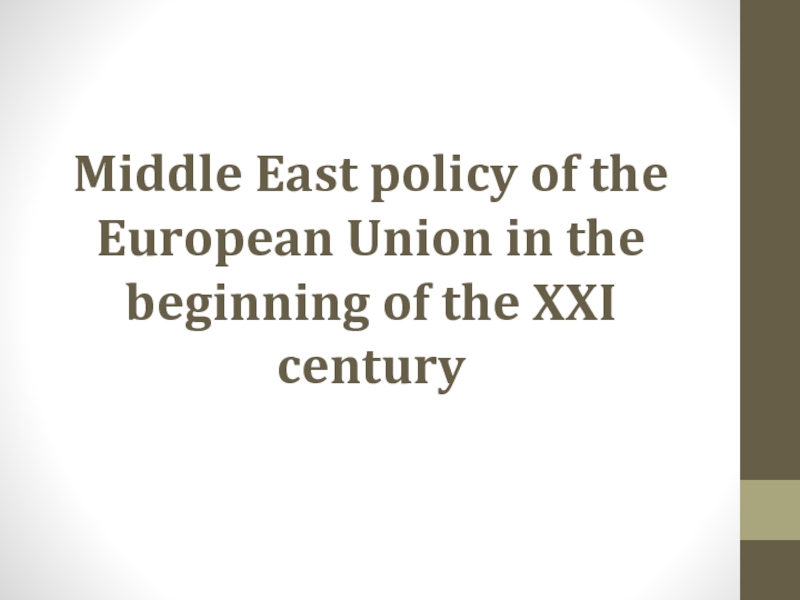
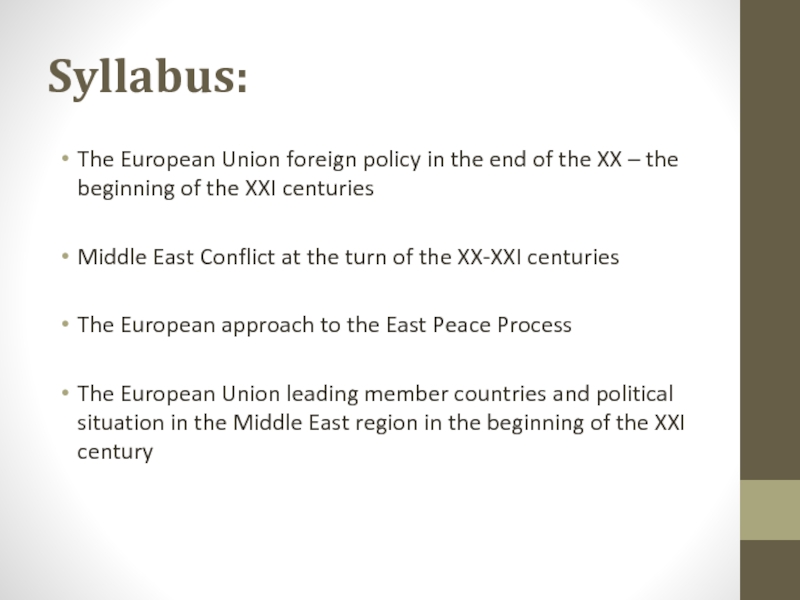
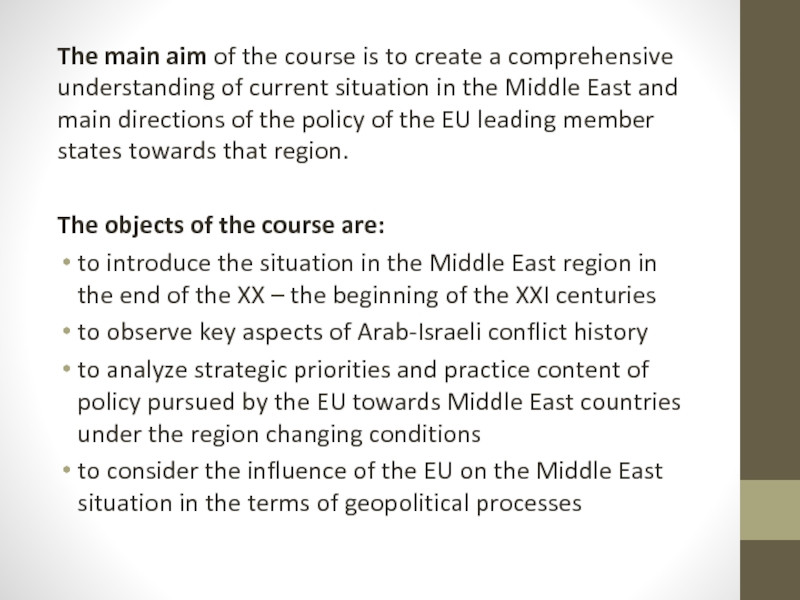
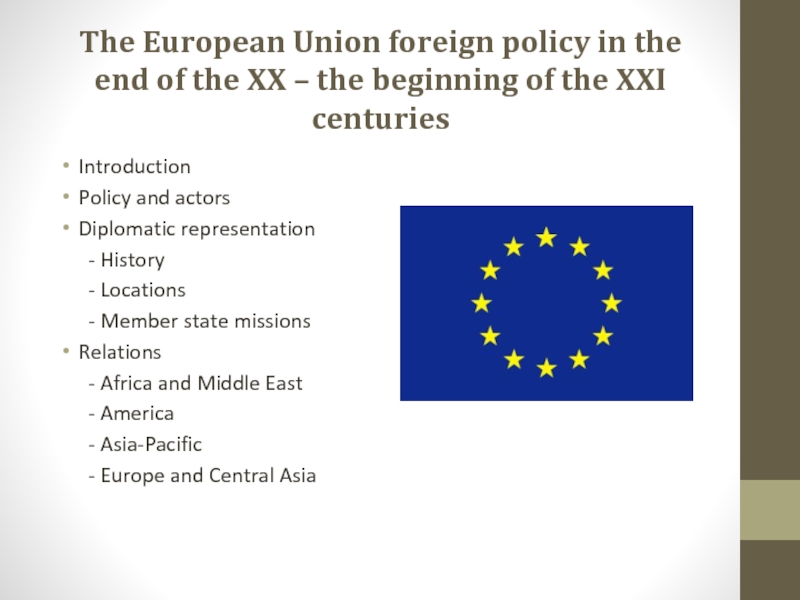
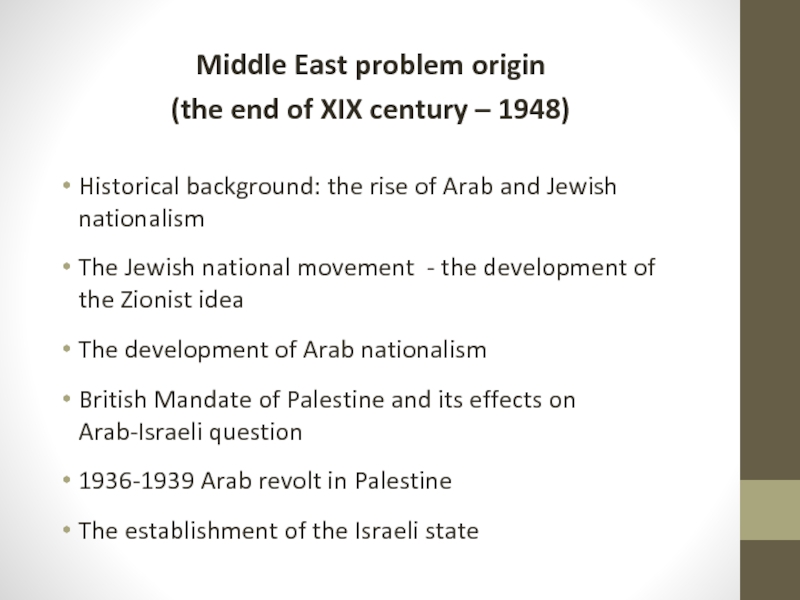
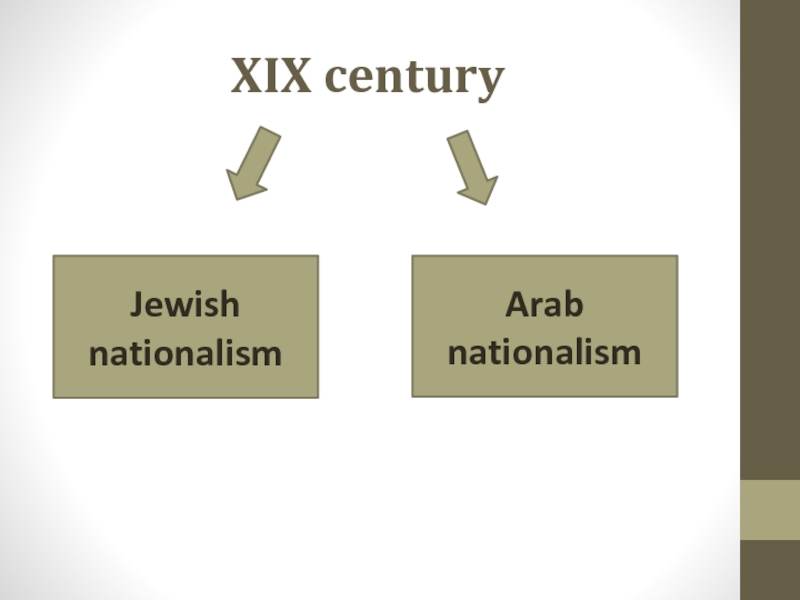
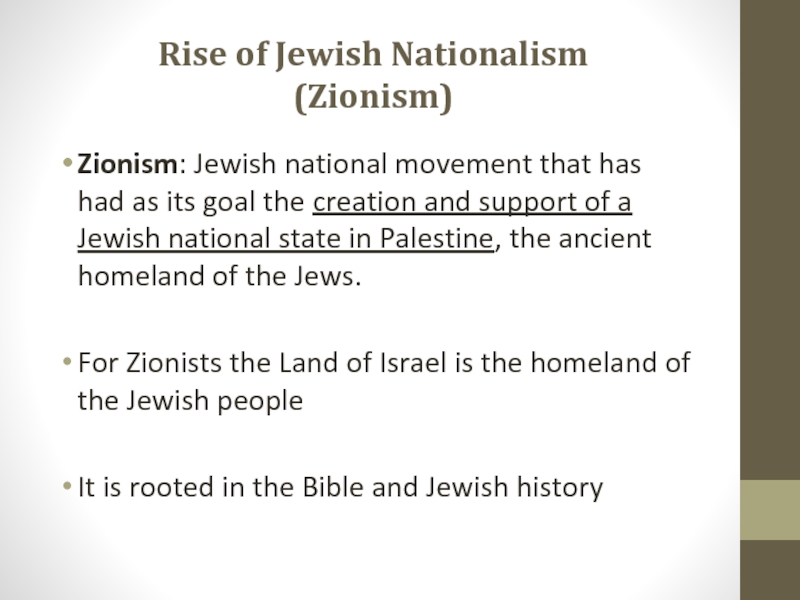
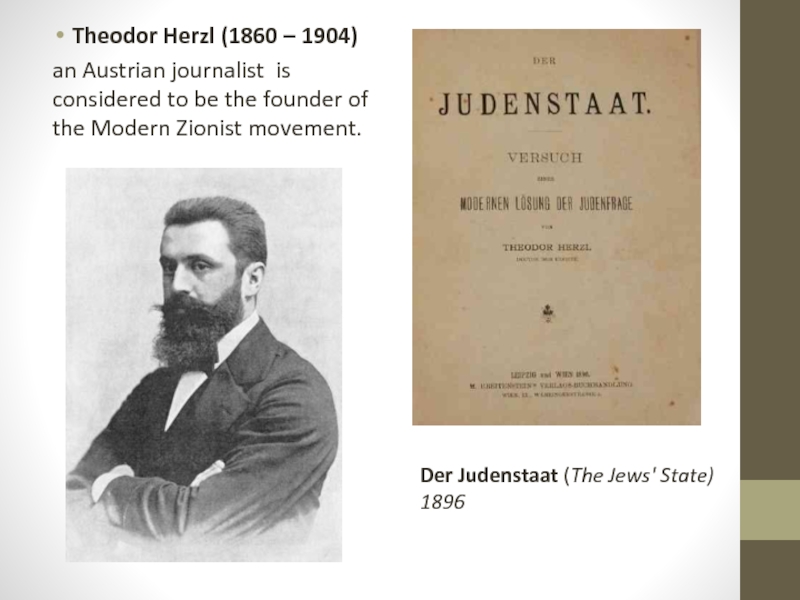
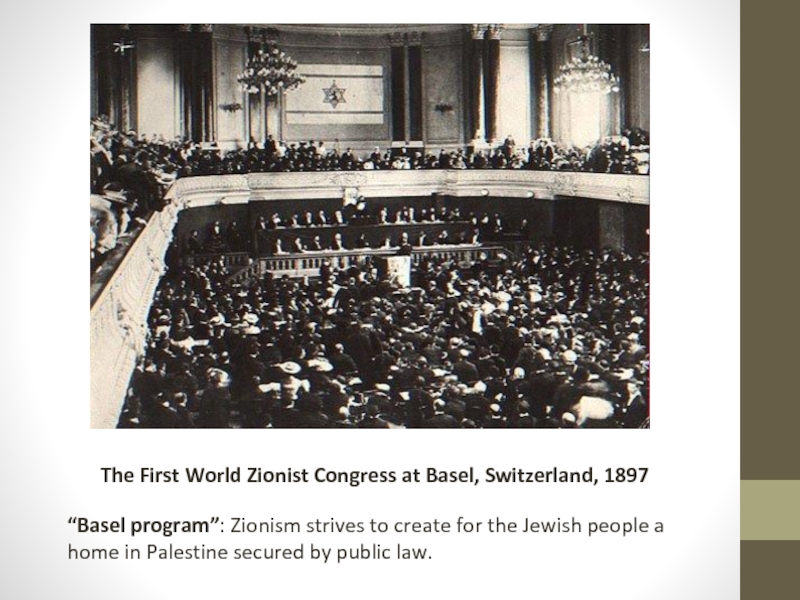
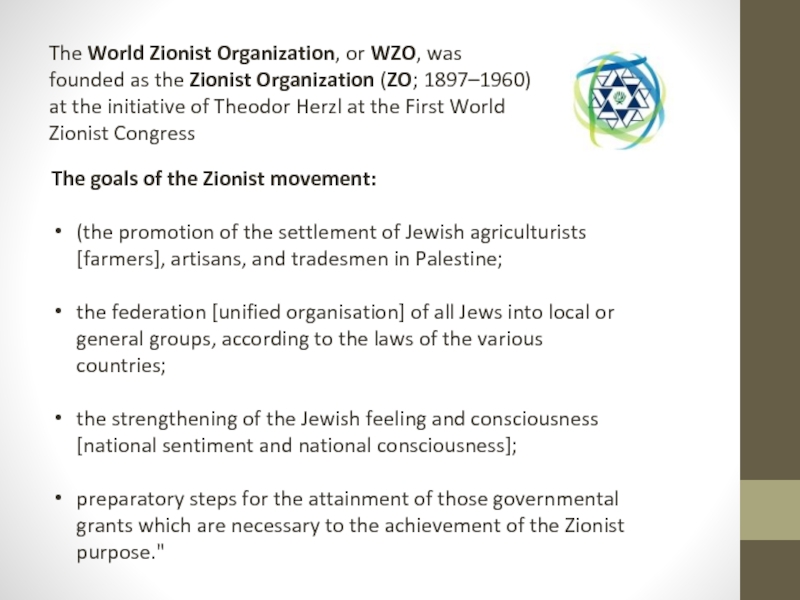
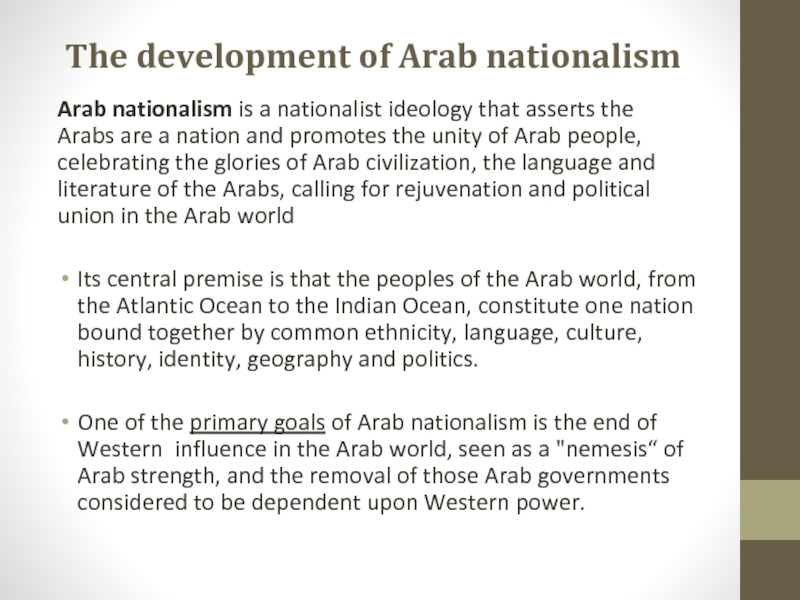
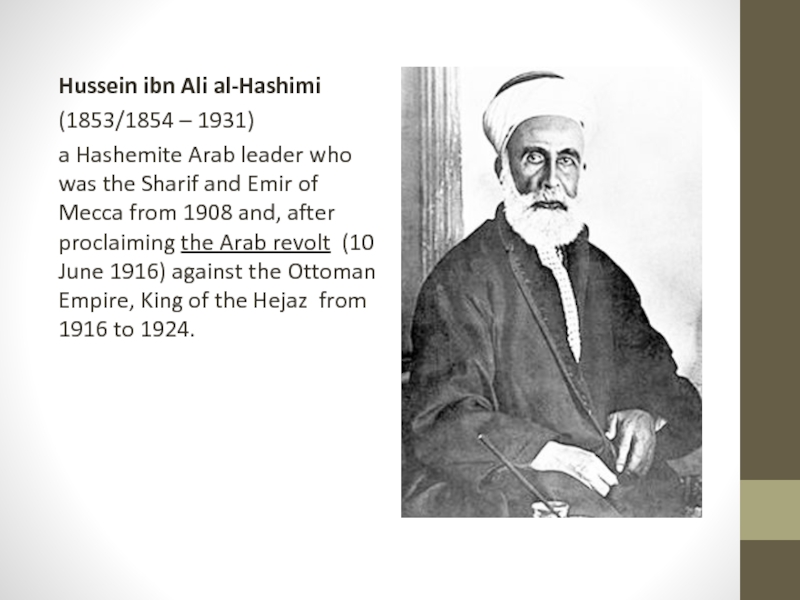
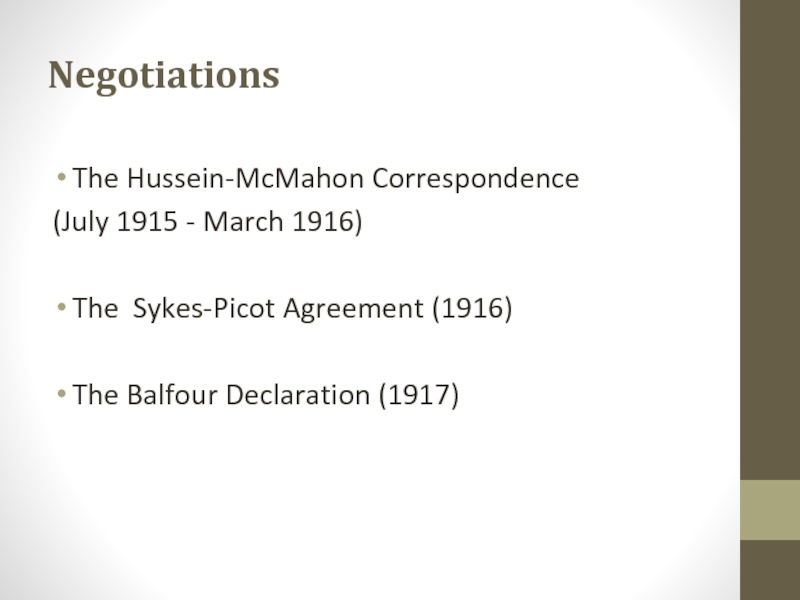
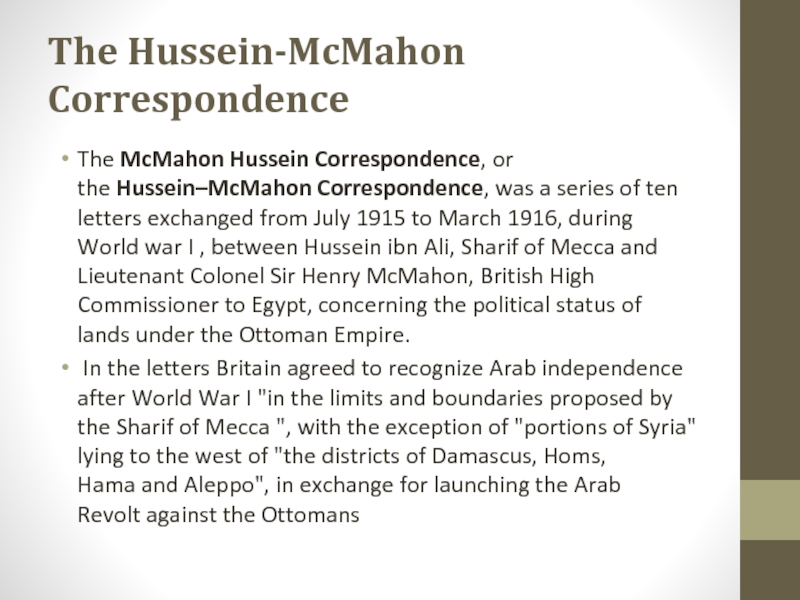
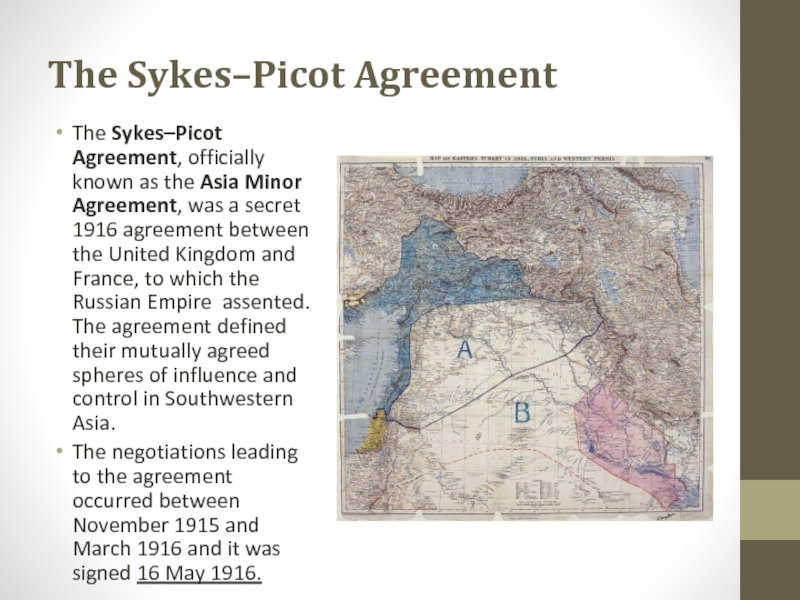
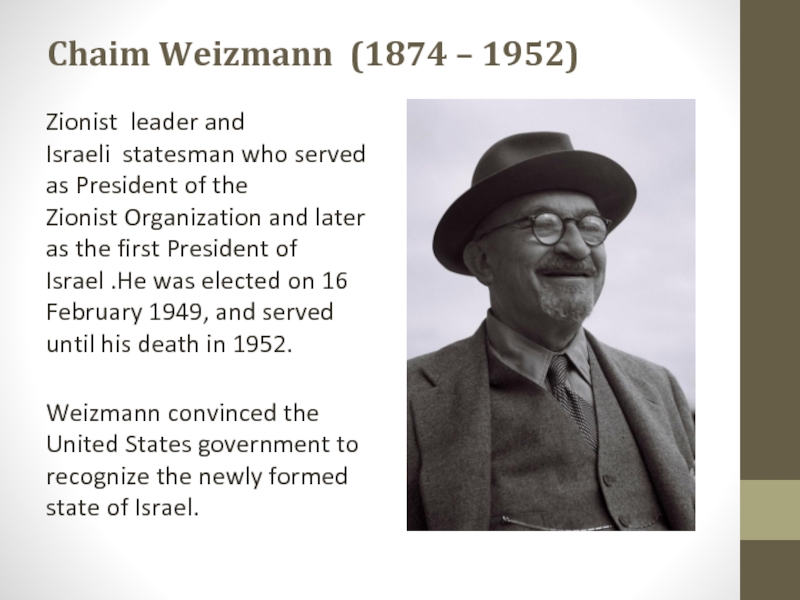
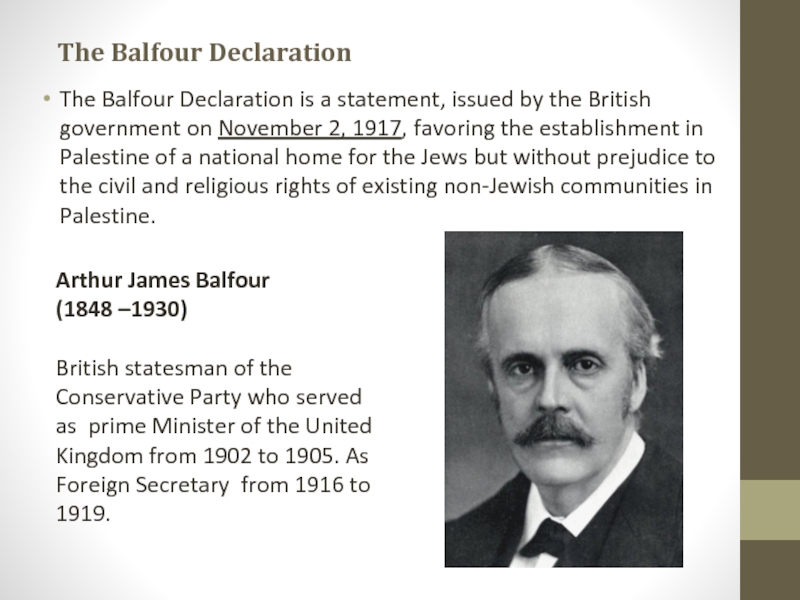
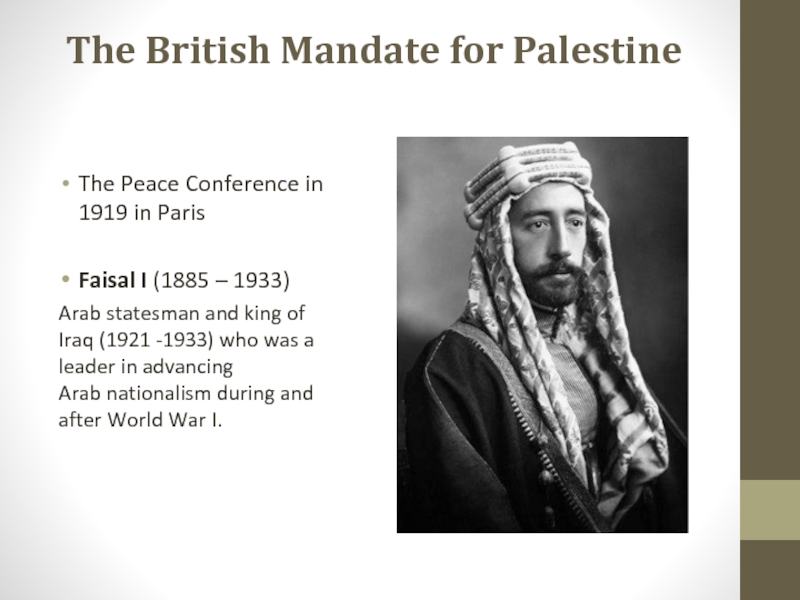
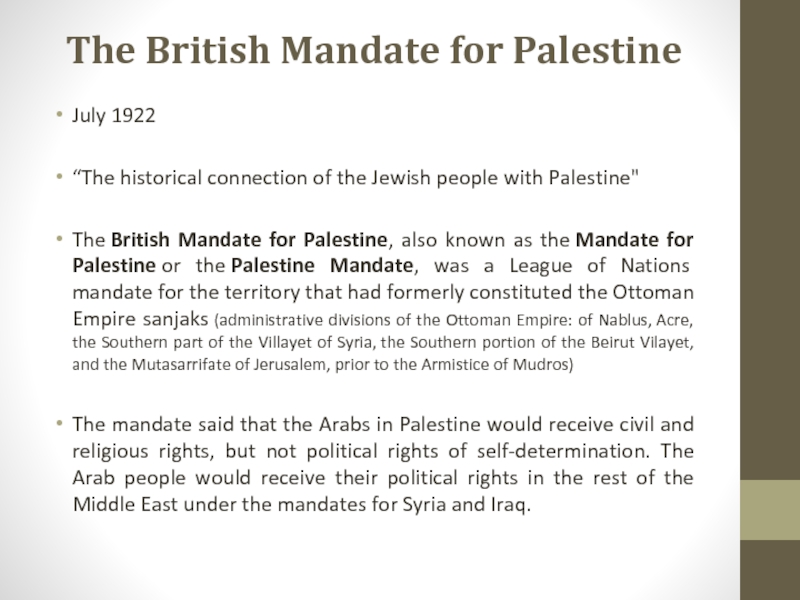
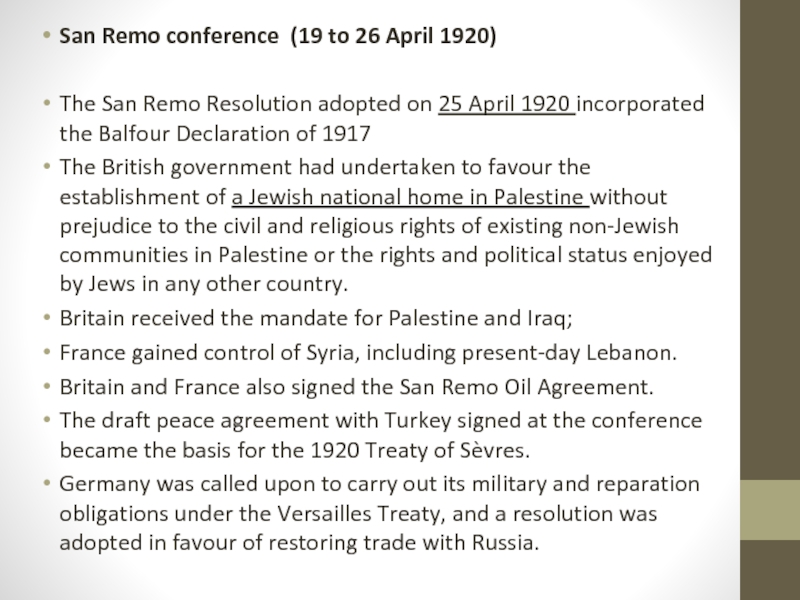
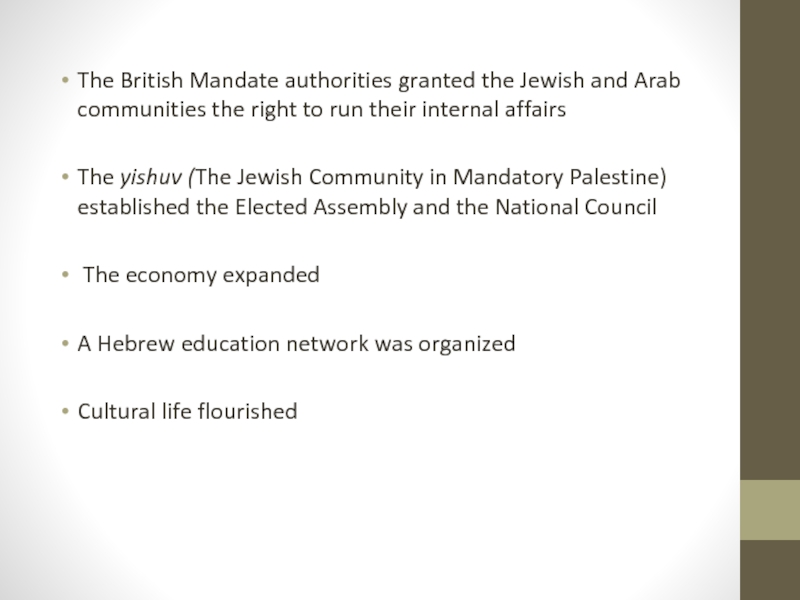
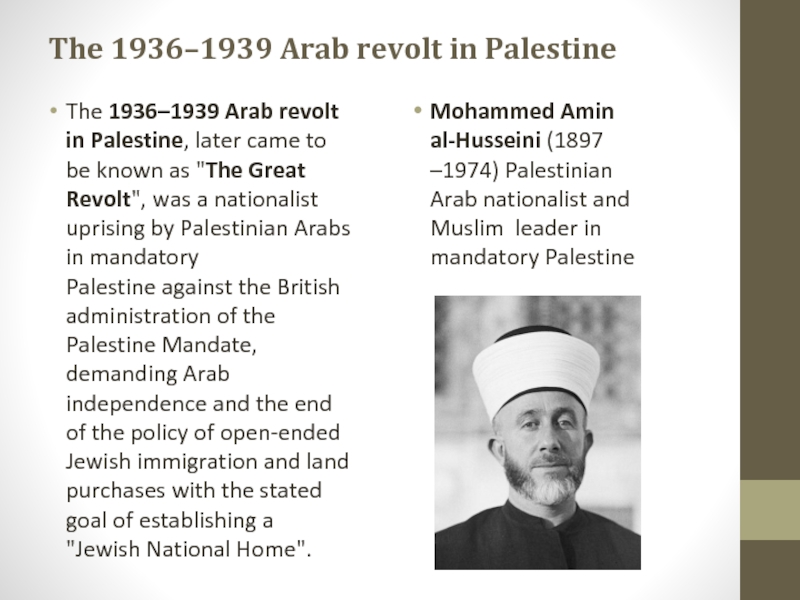
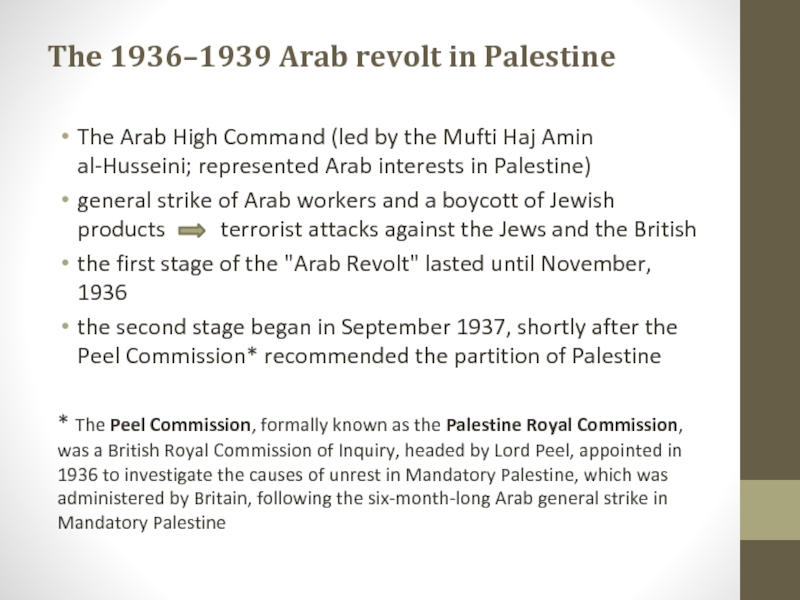
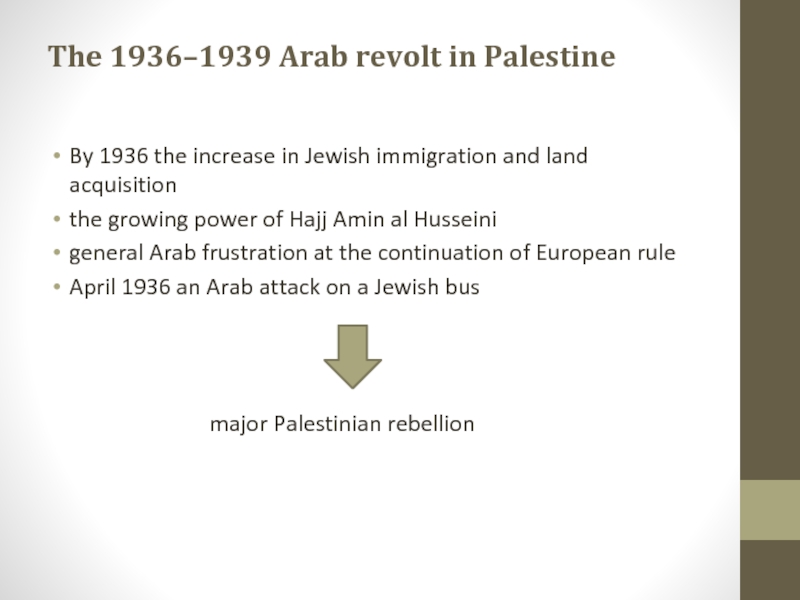
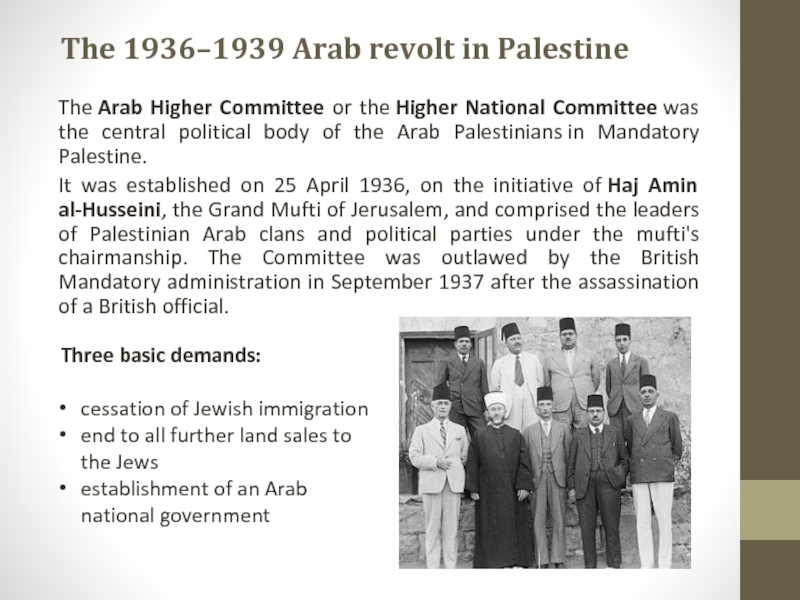
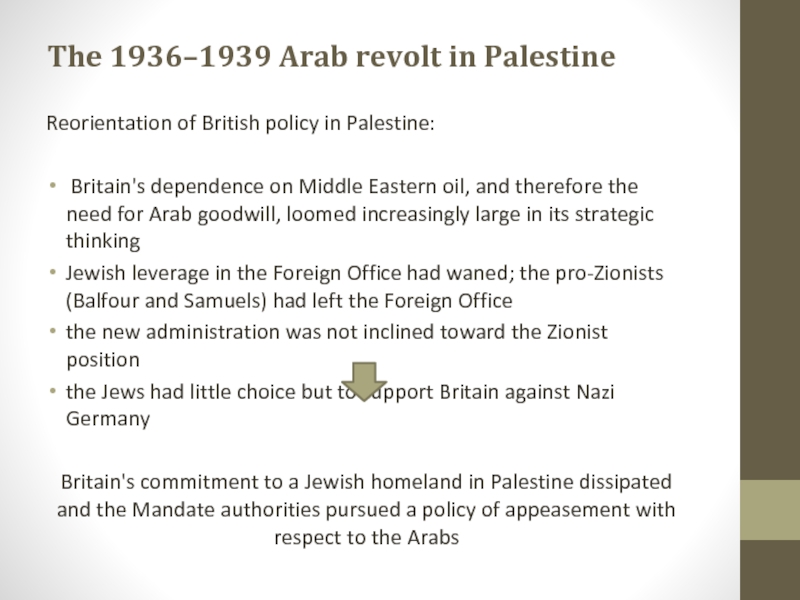
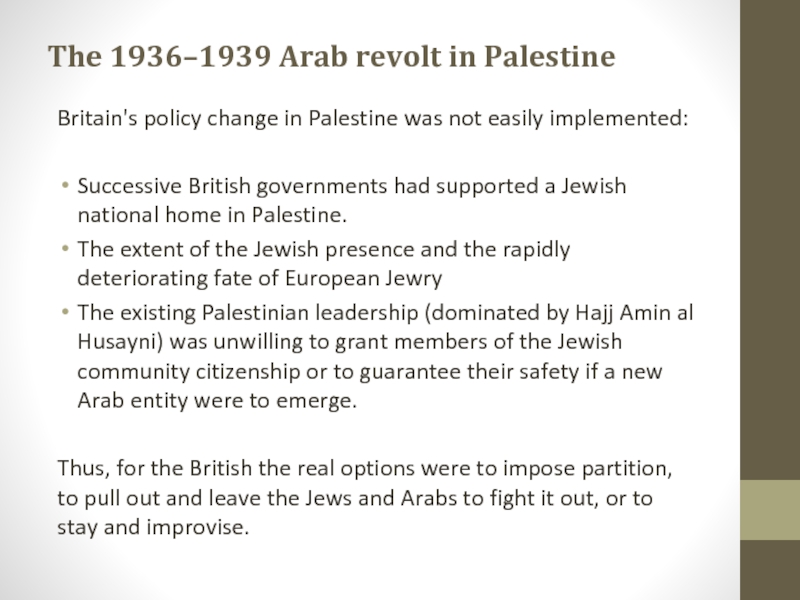
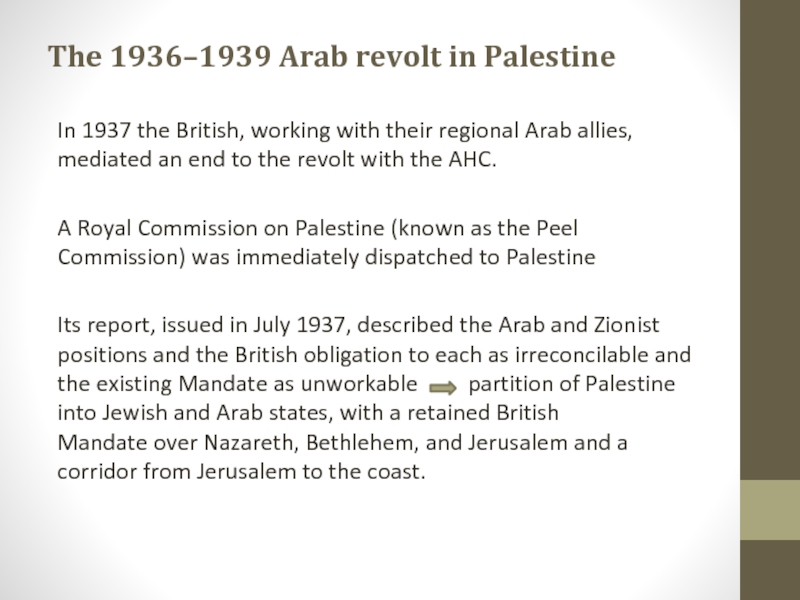
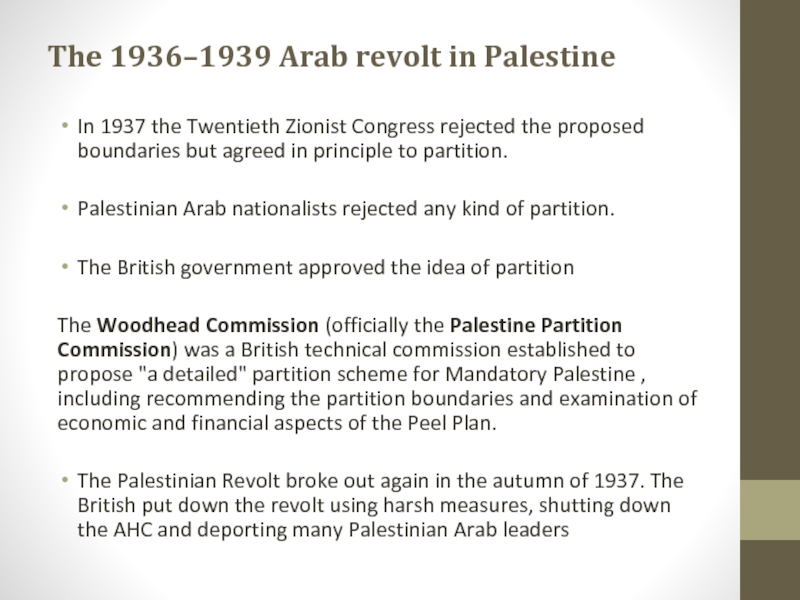
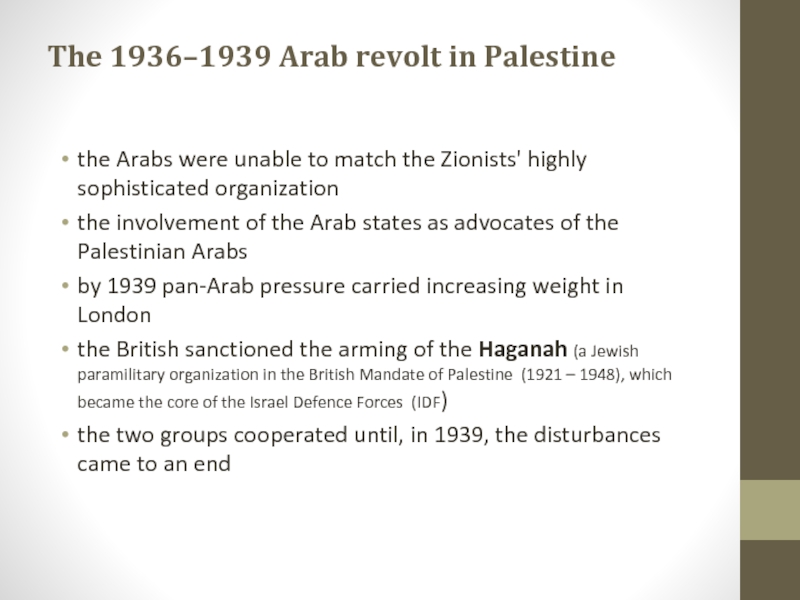
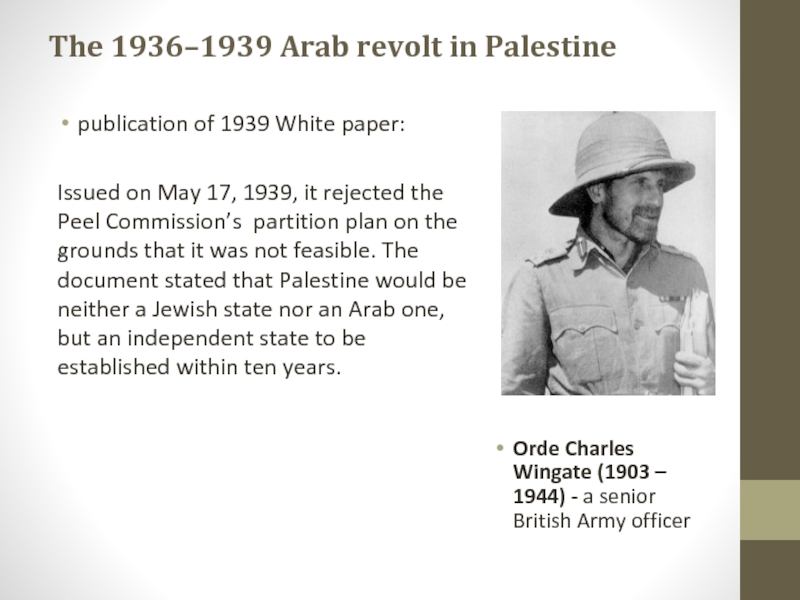
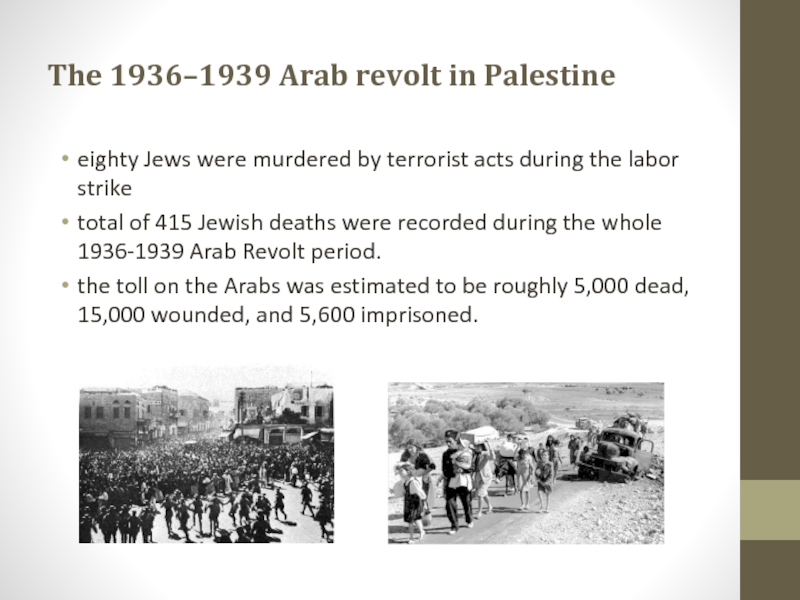
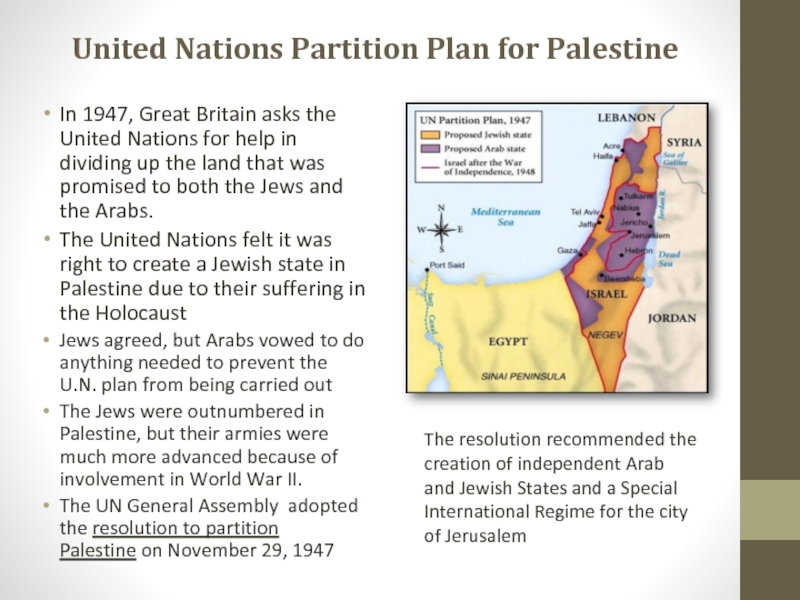
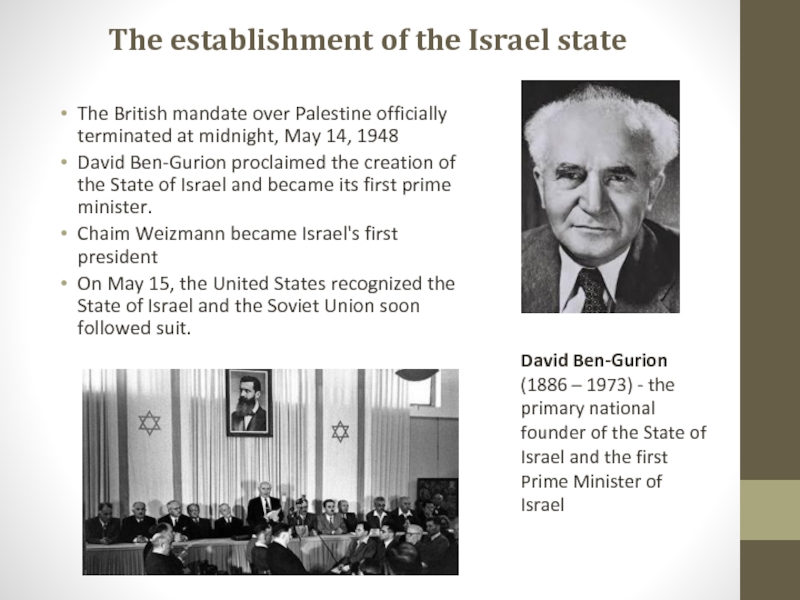
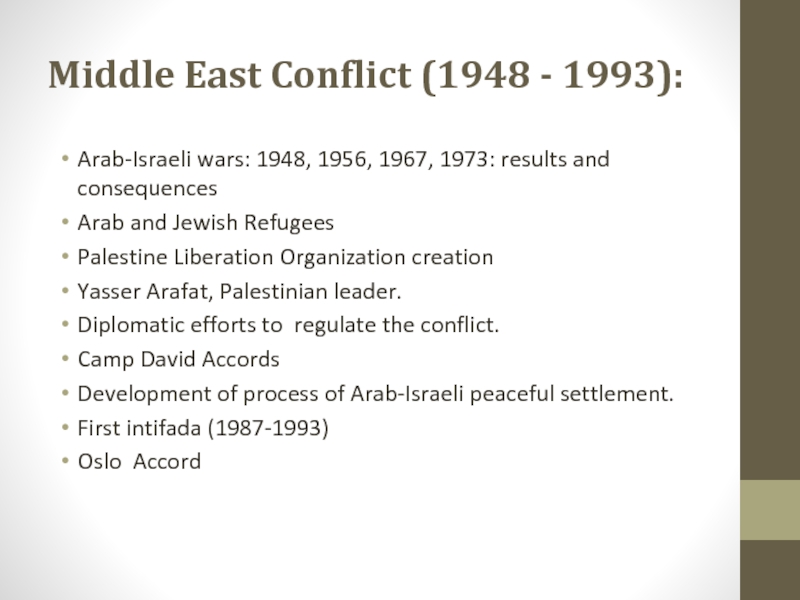
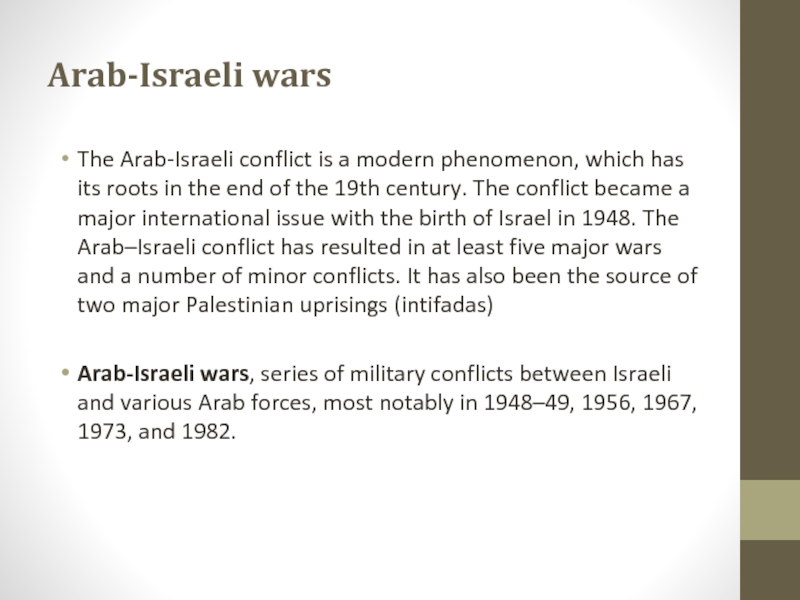
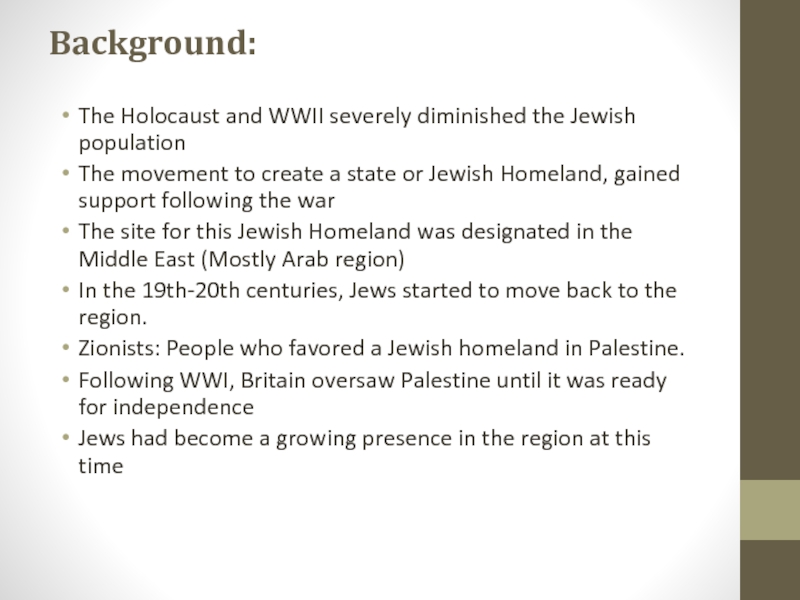
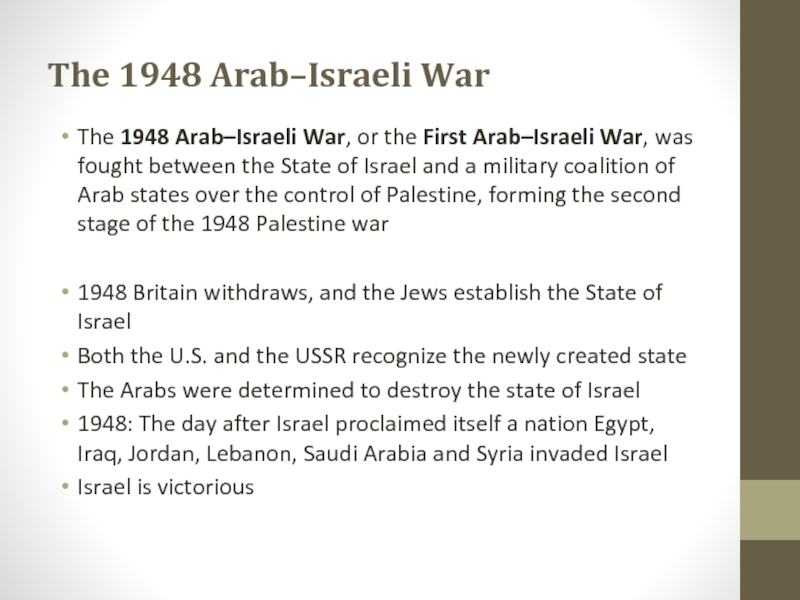
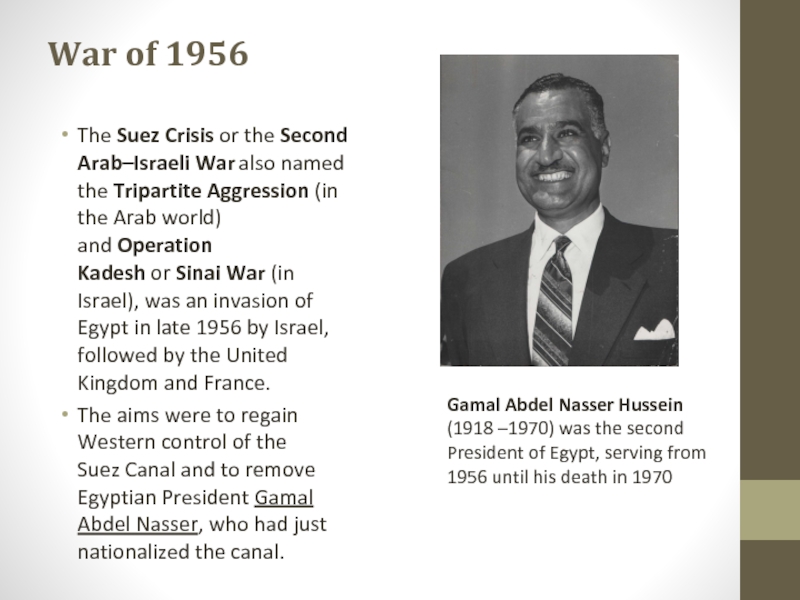
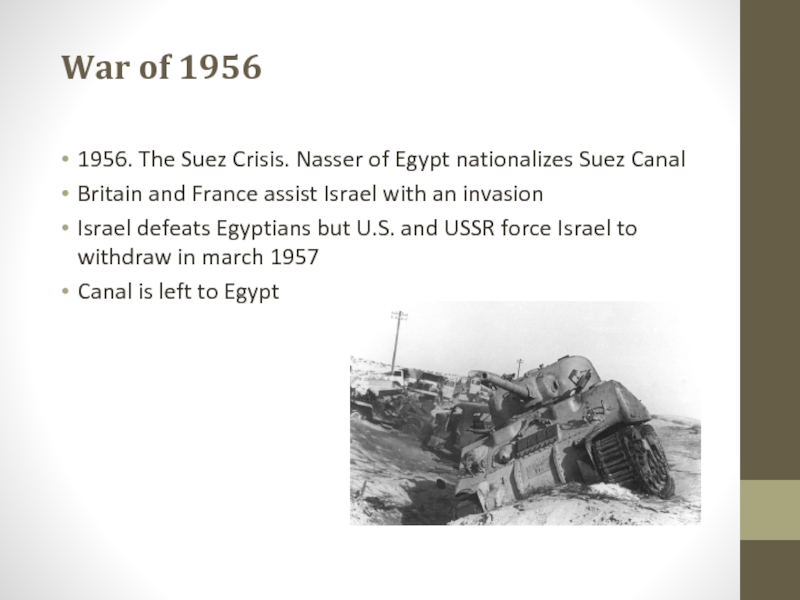
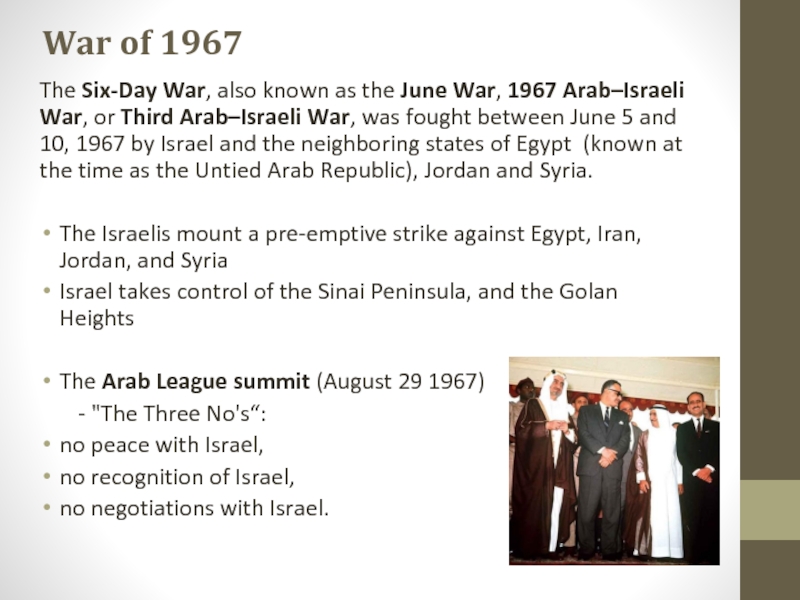
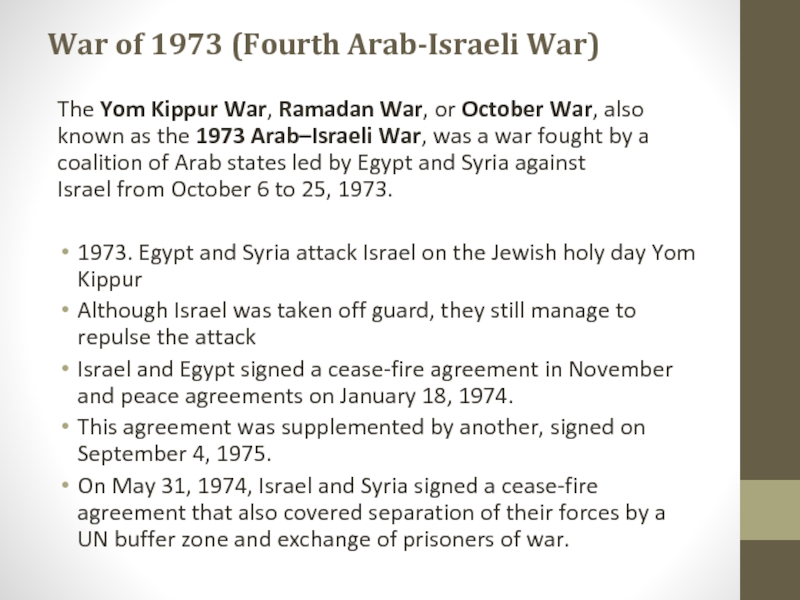
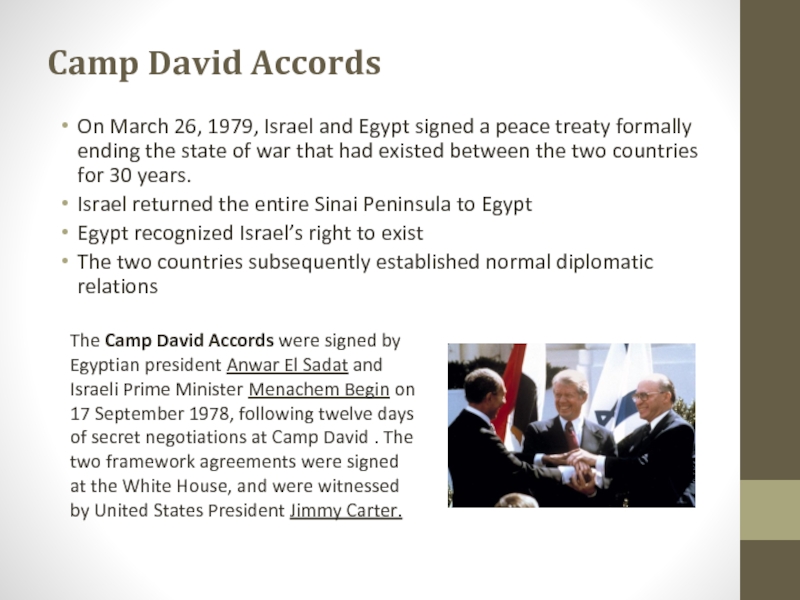
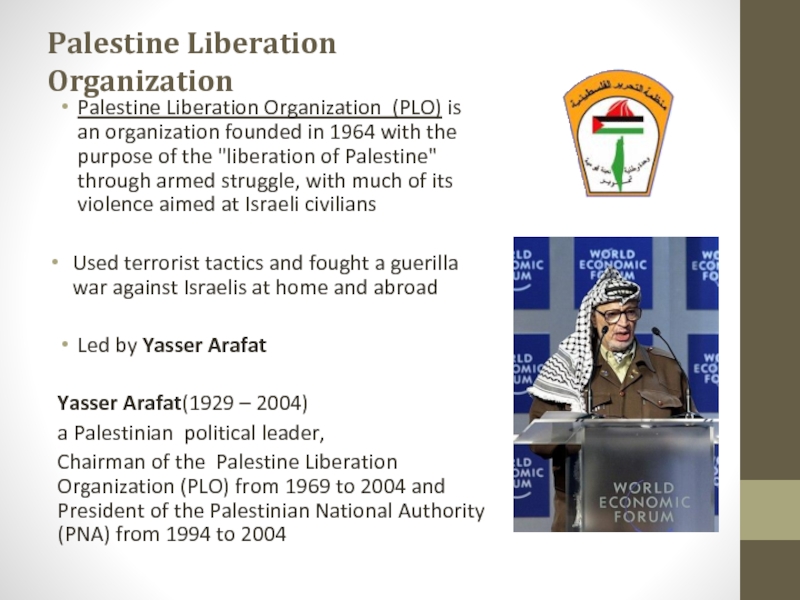
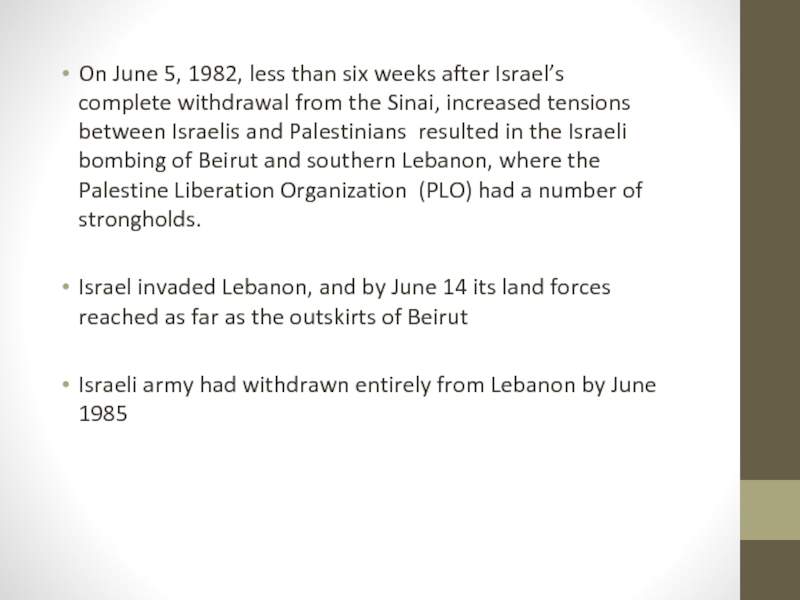
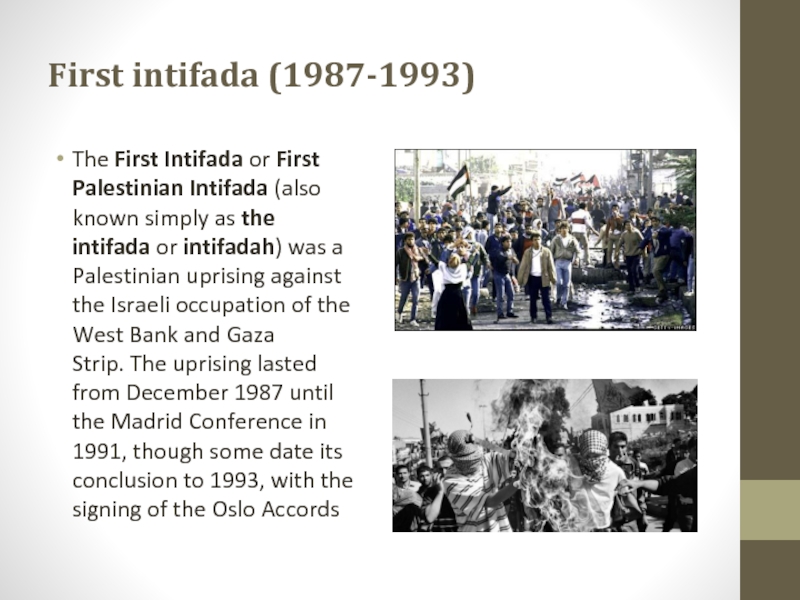
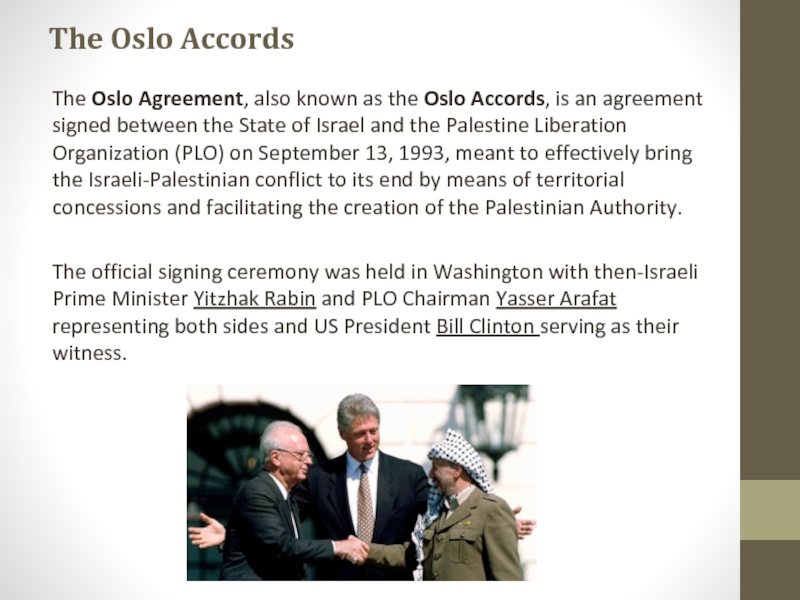
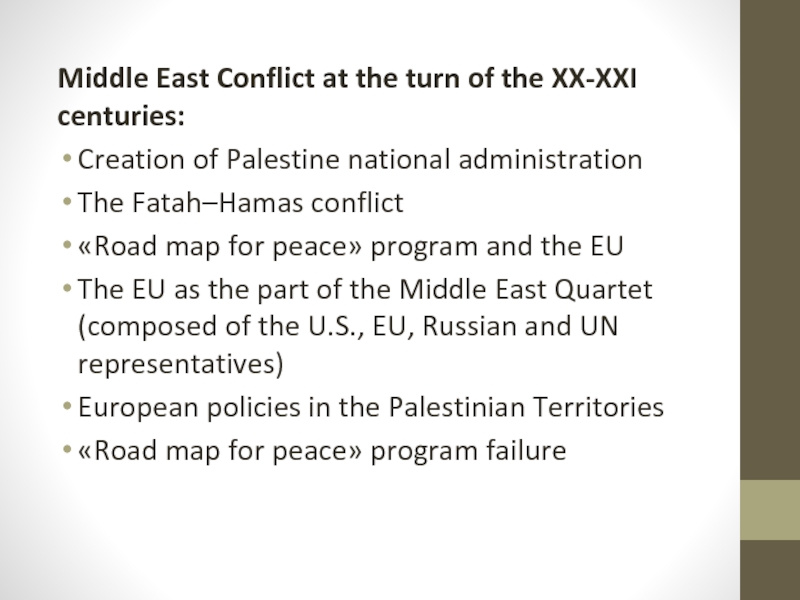
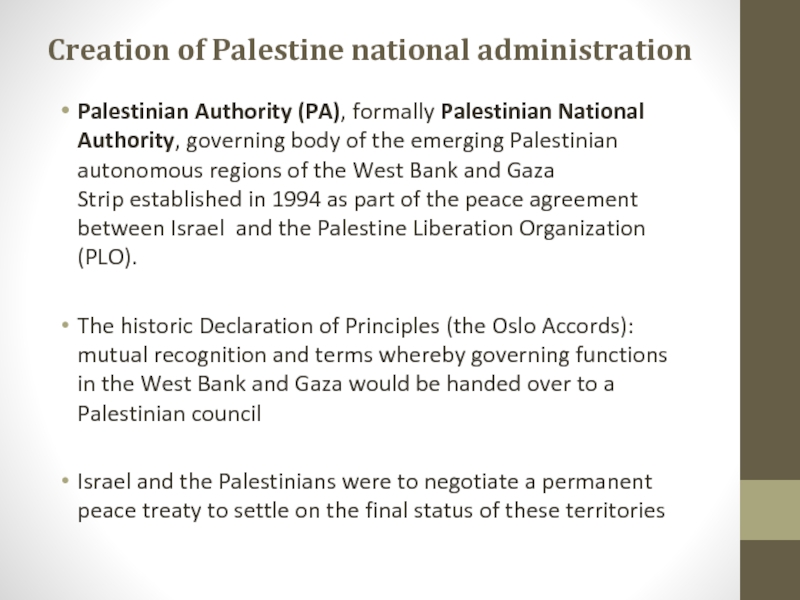
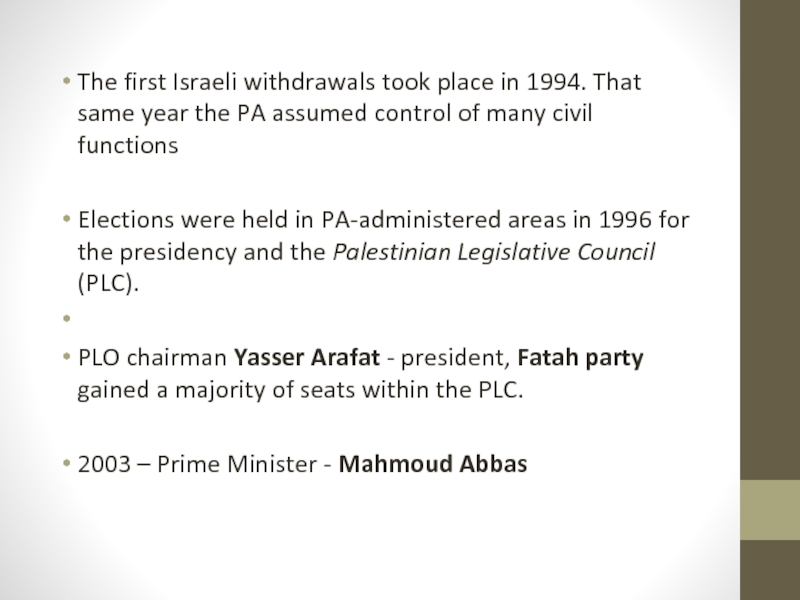
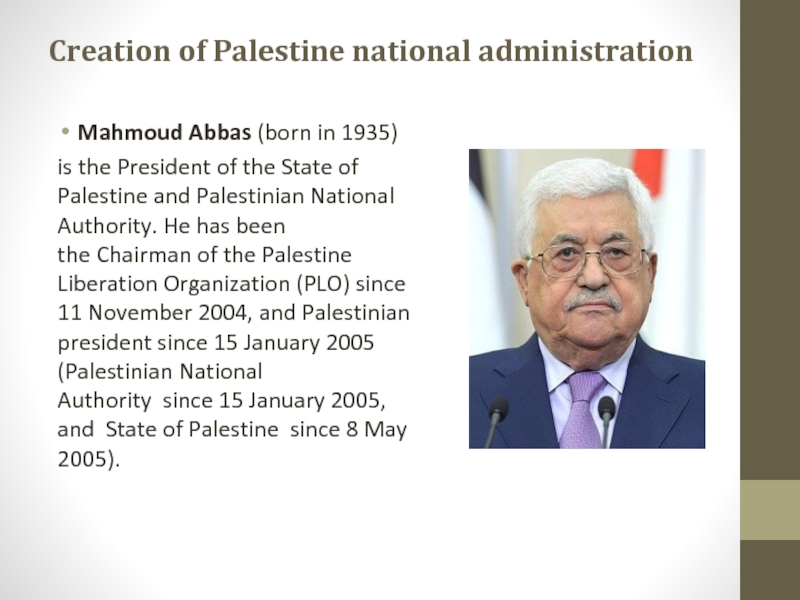
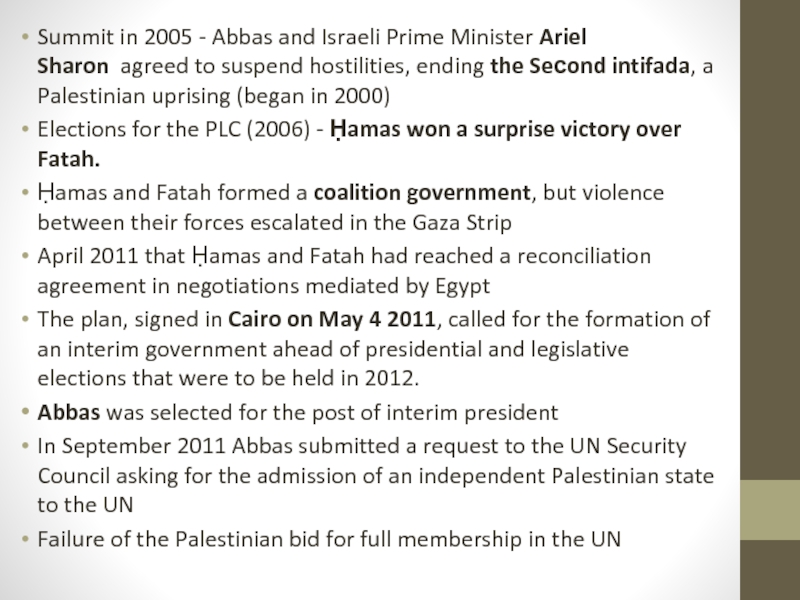
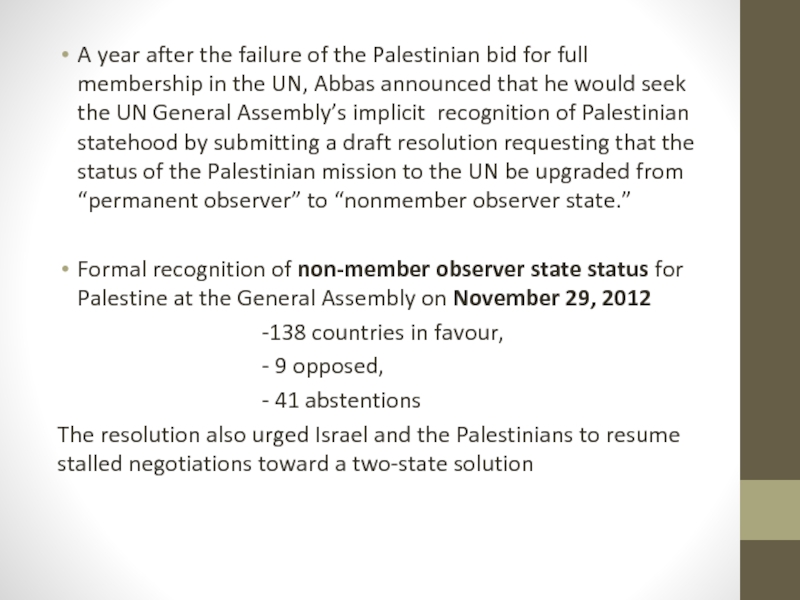
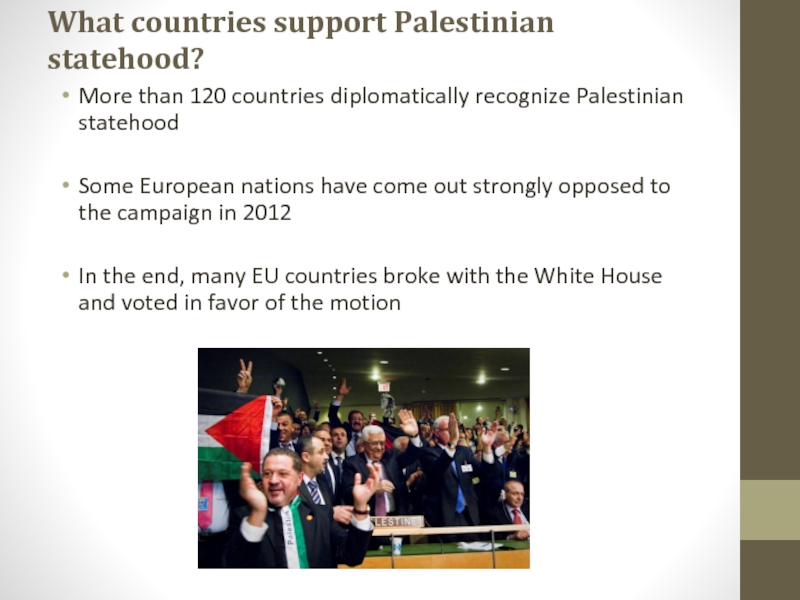
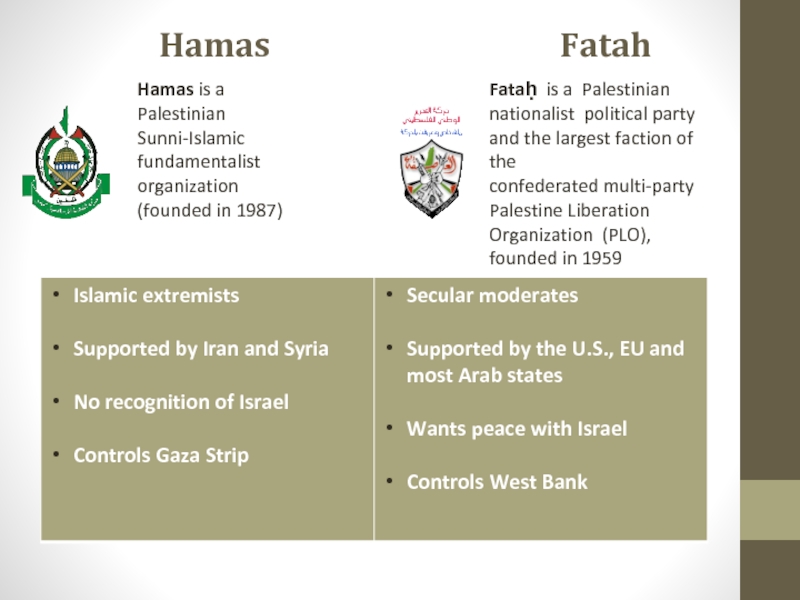
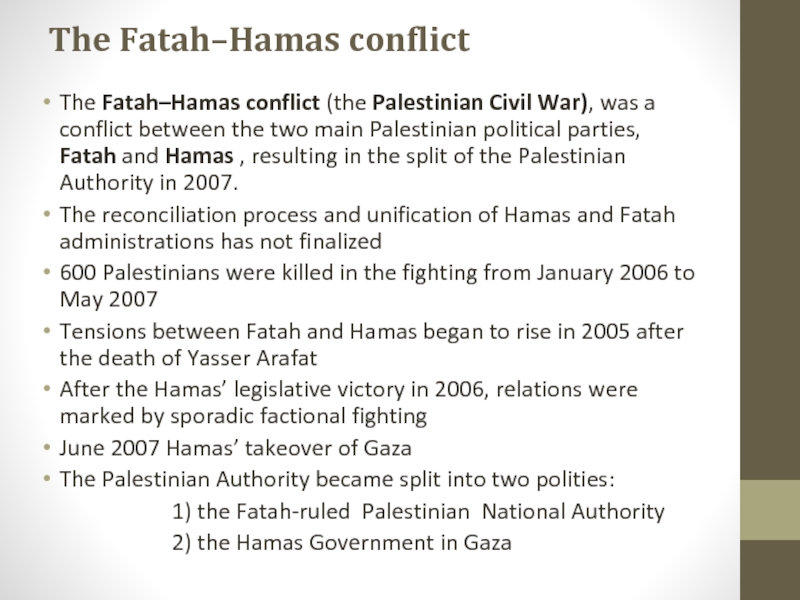
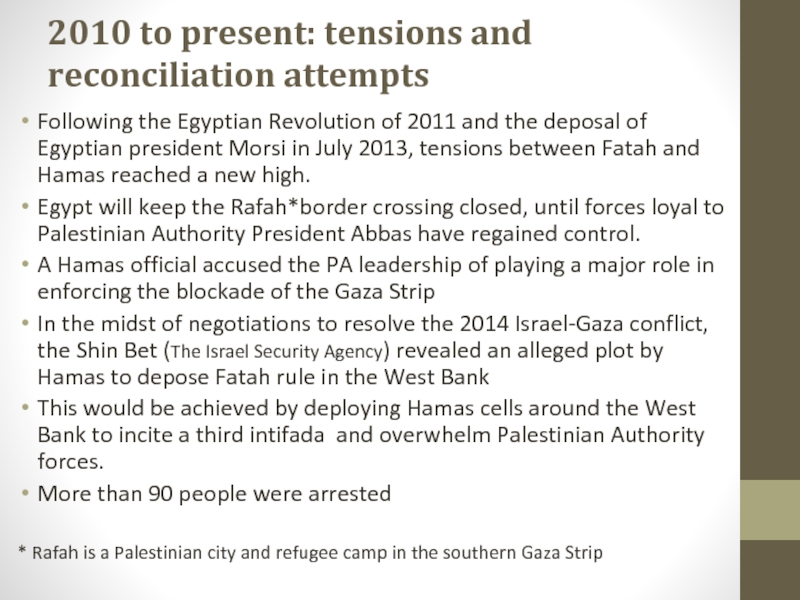
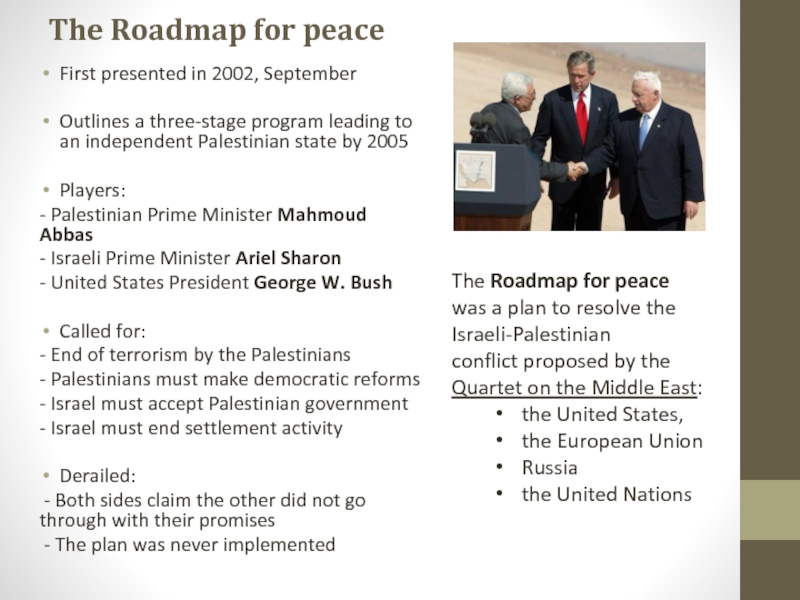
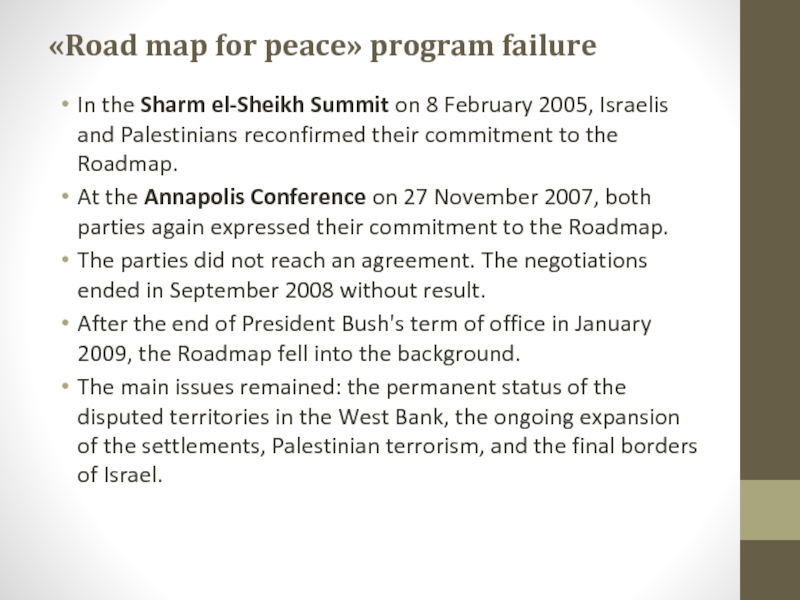
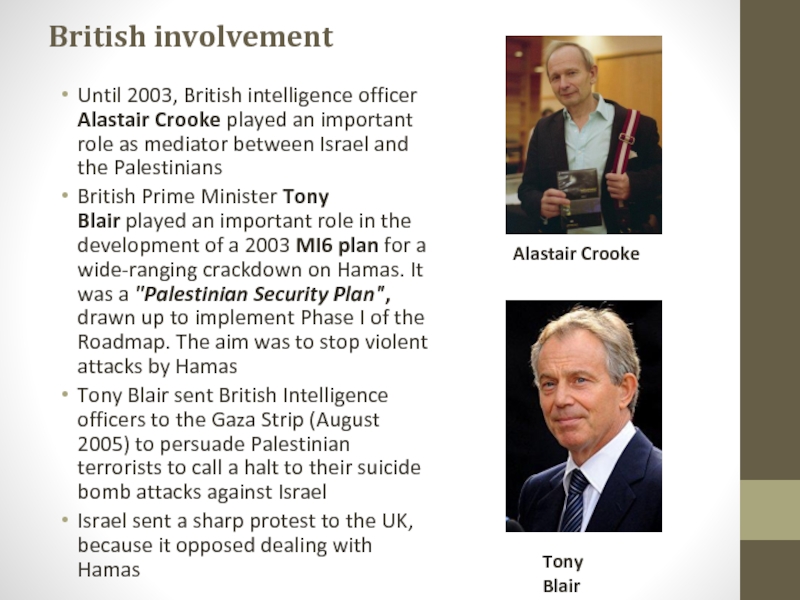
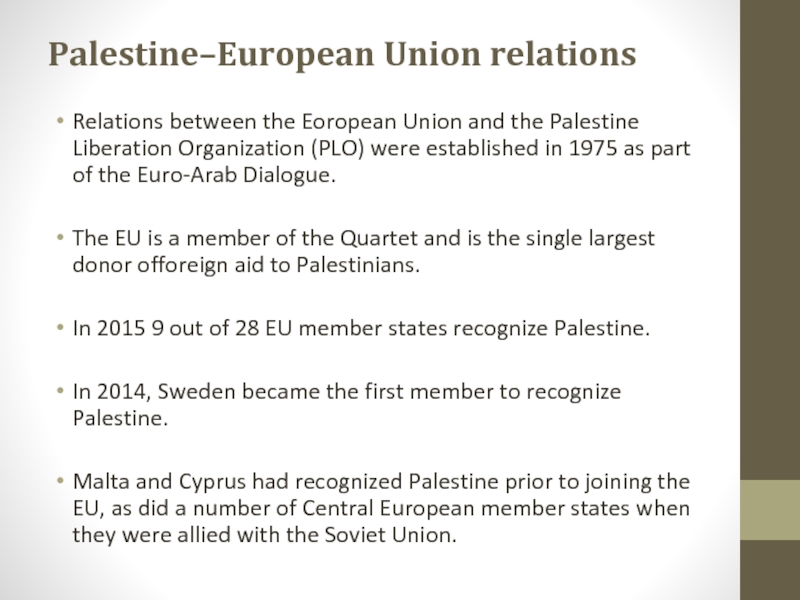
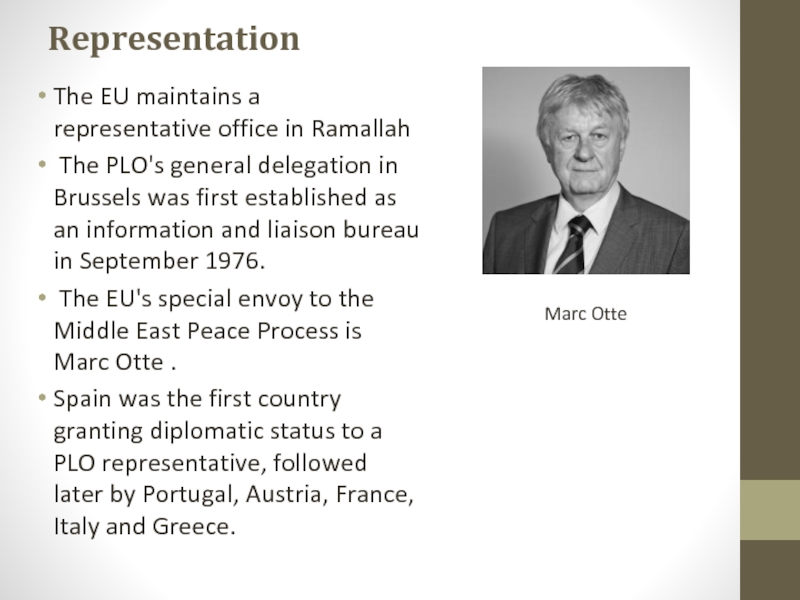
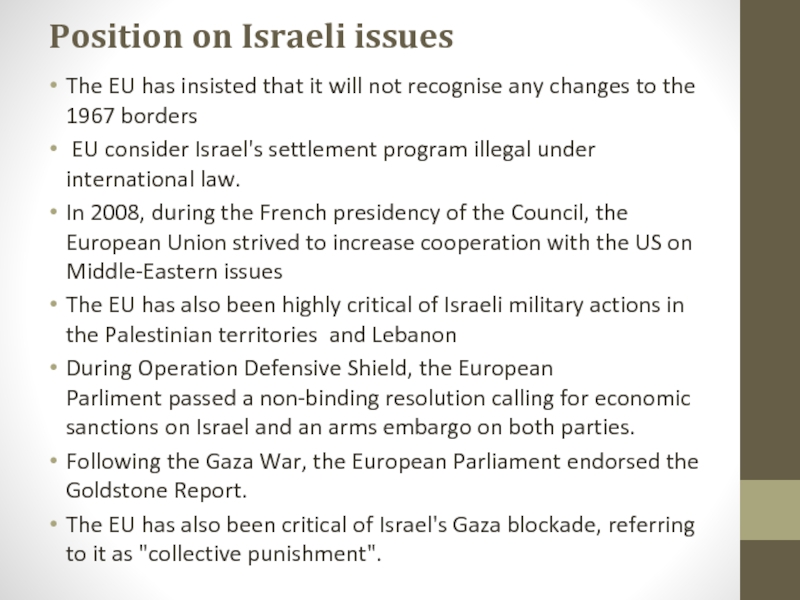
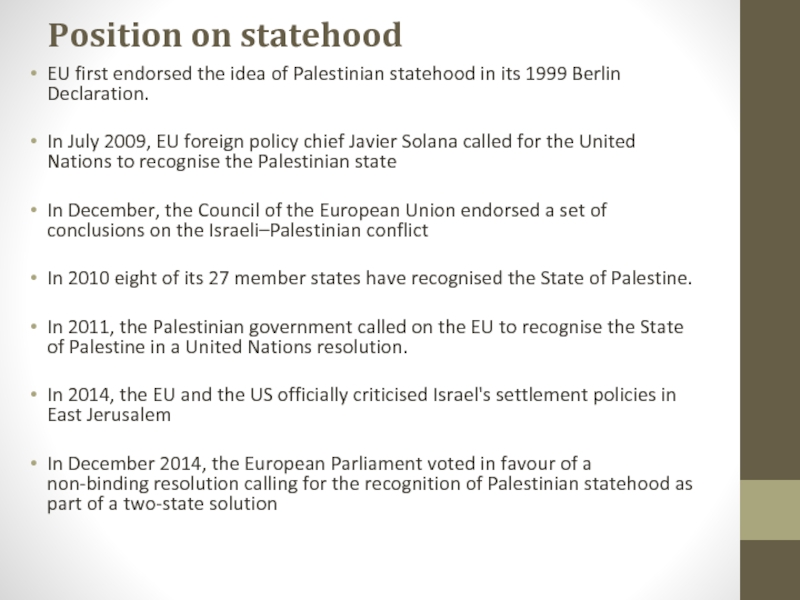
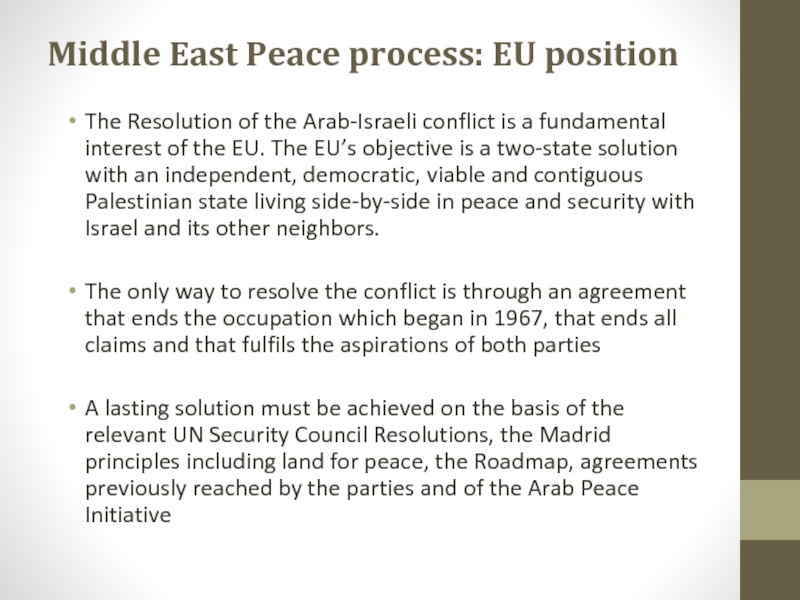
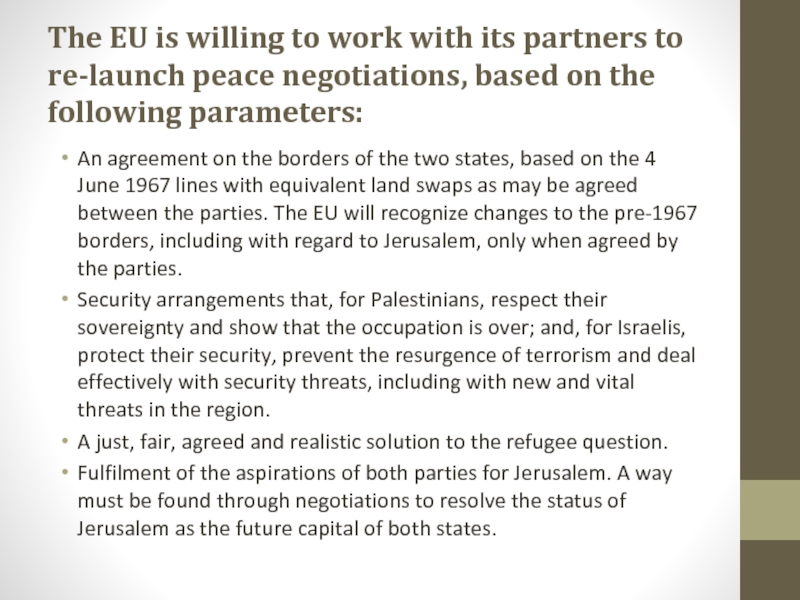
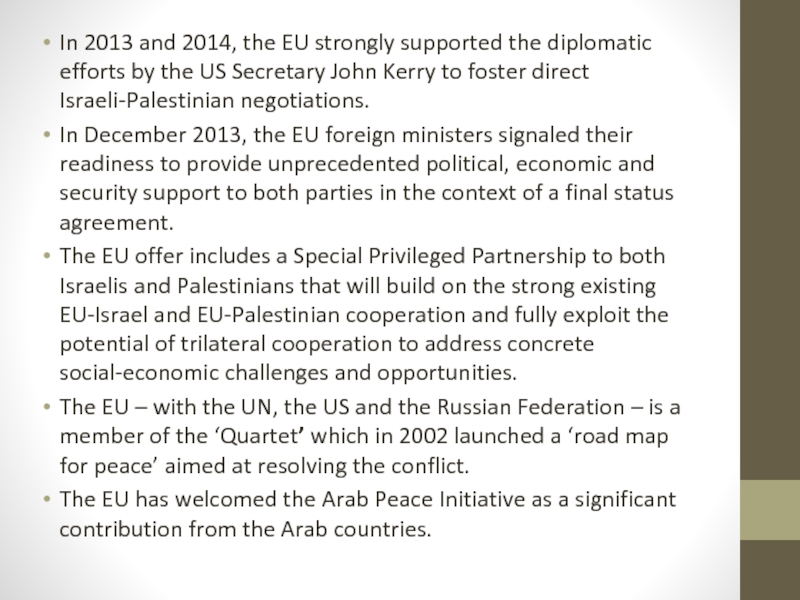
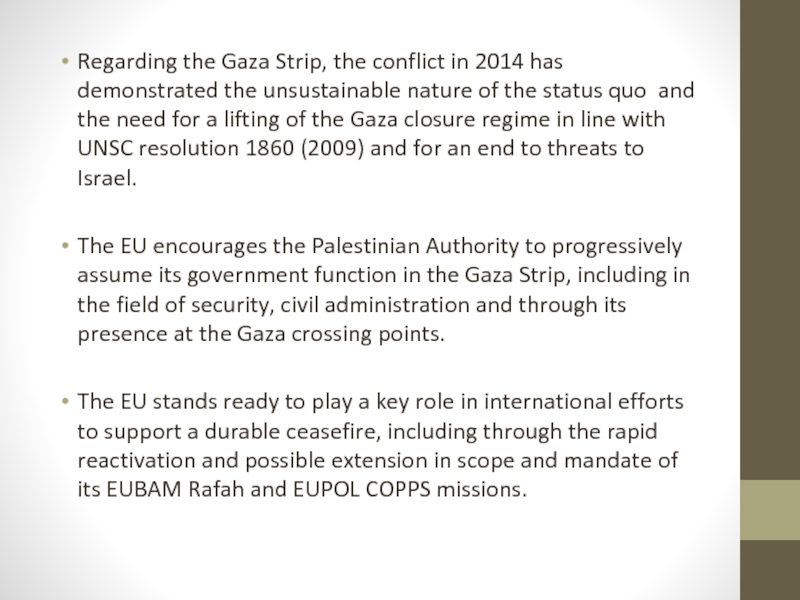
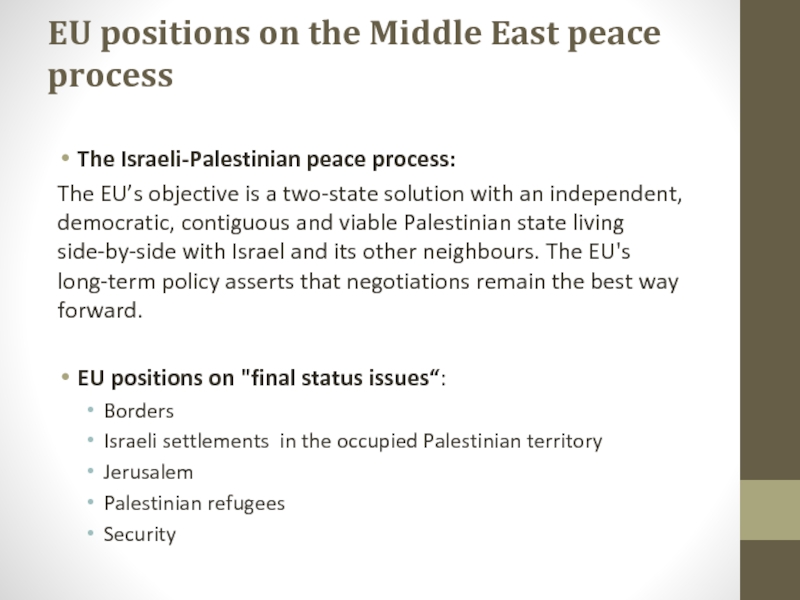
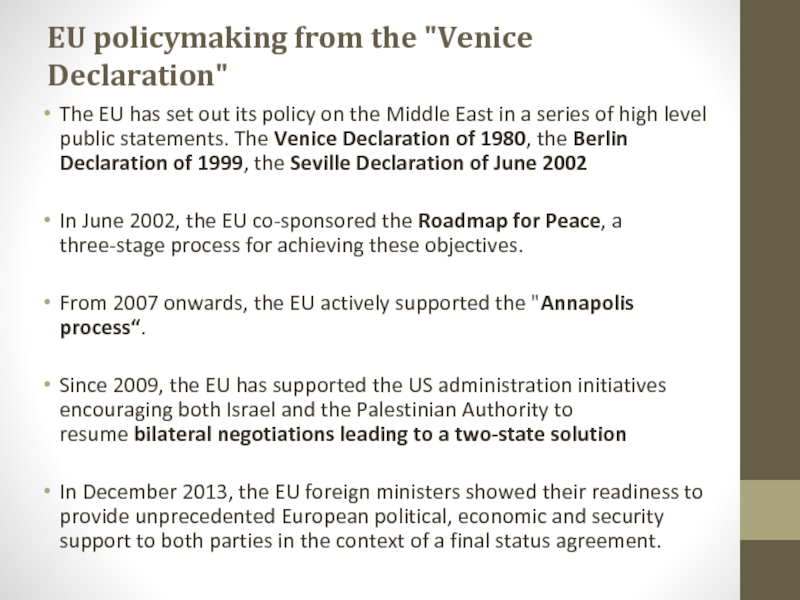
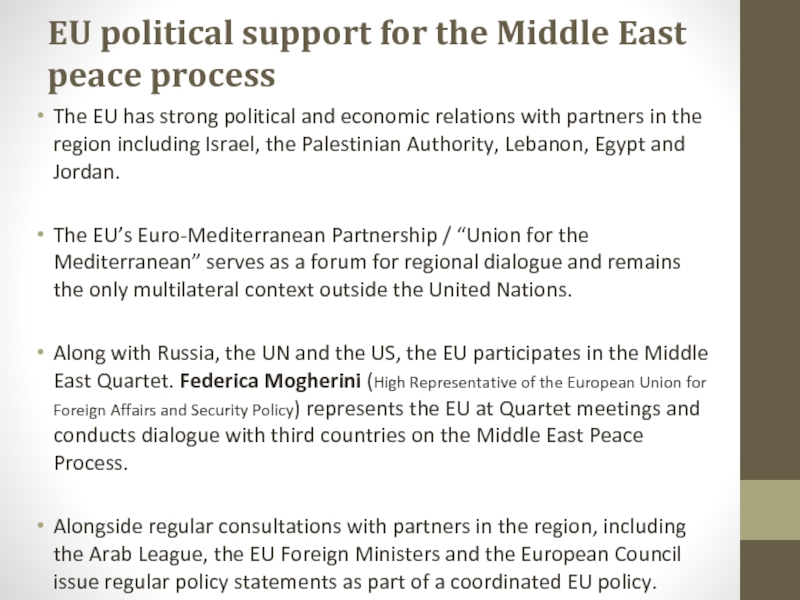
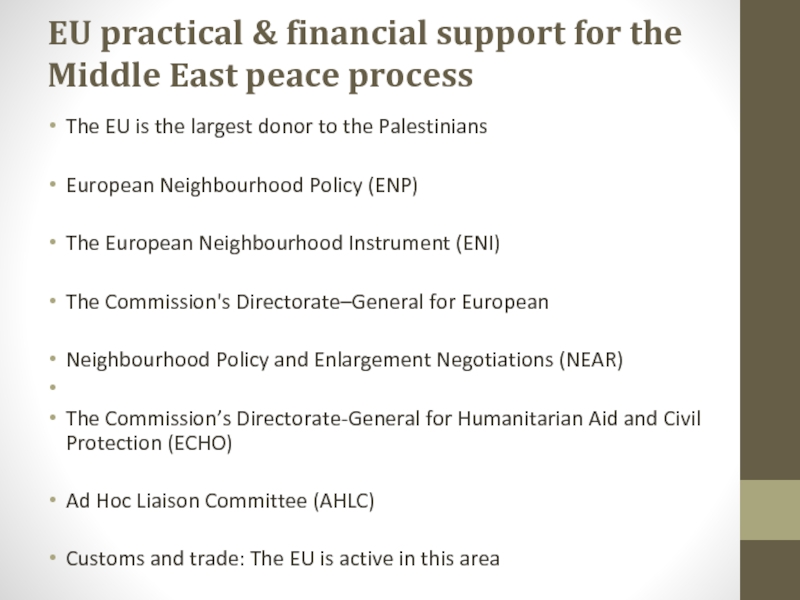
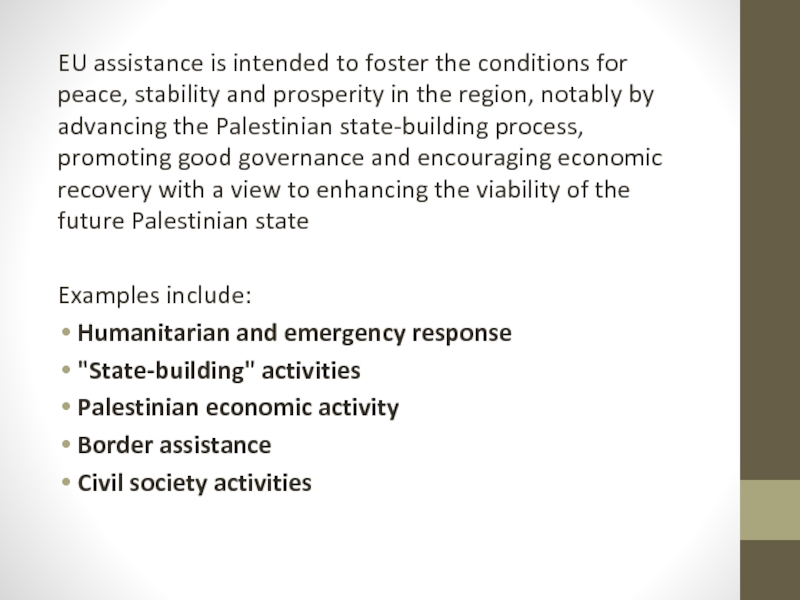
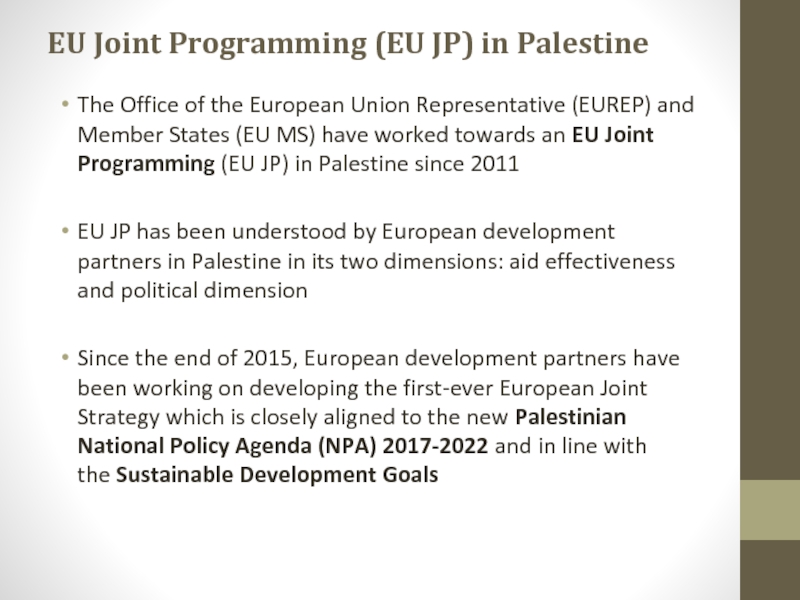
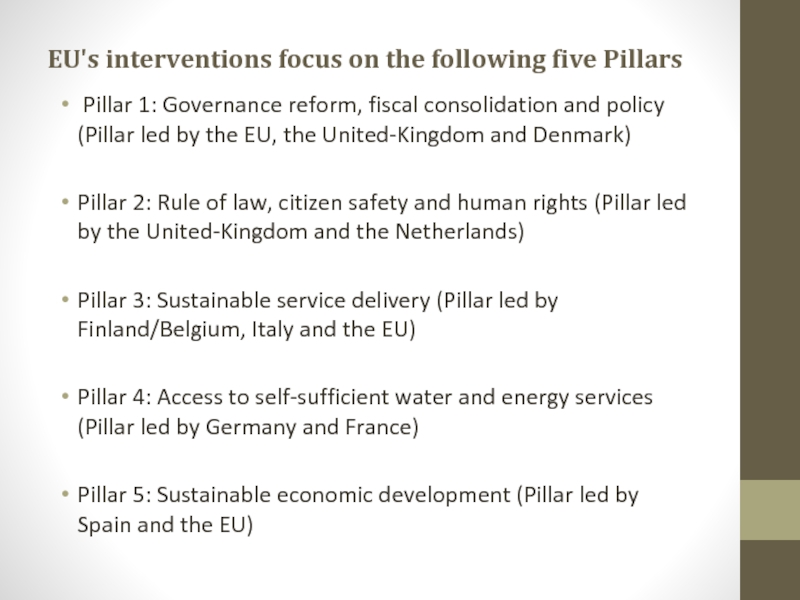
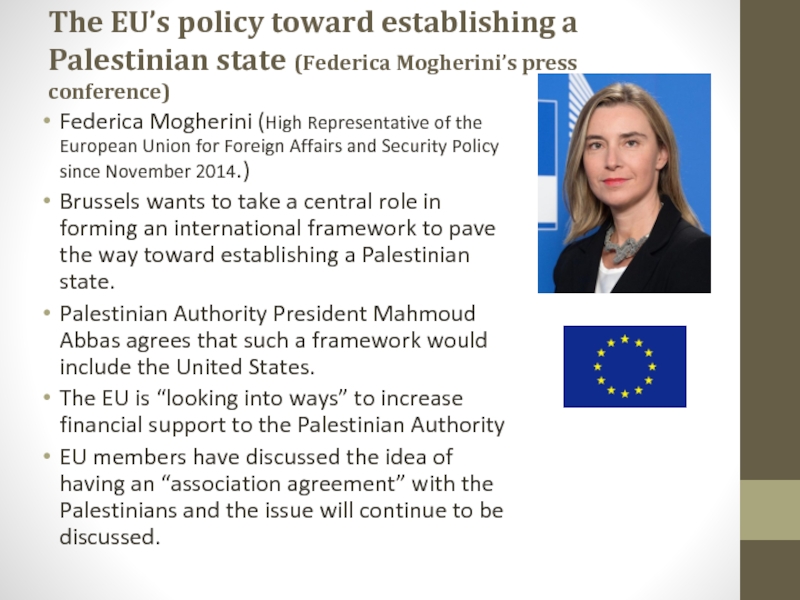


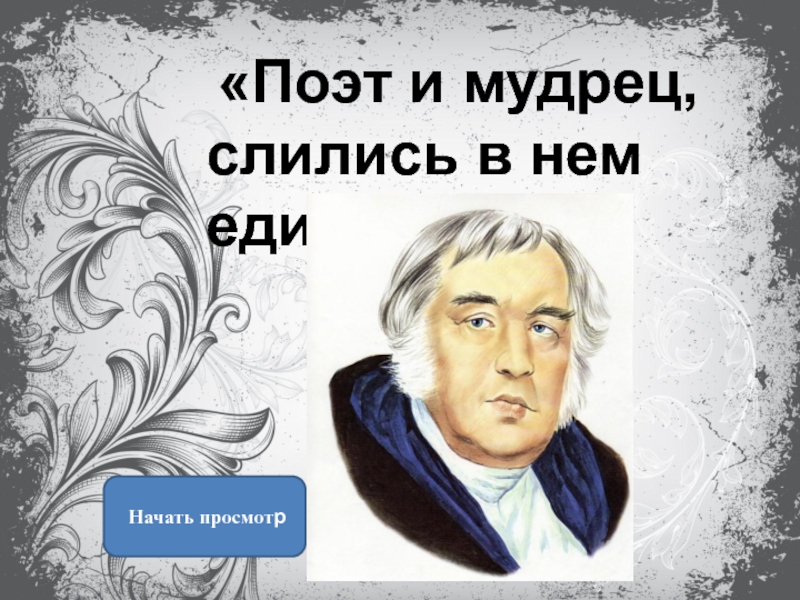


![[Медкниги]За или Против гемотрансфузии](/img/thumbs/10d8e182bc96b4ea48b1839a30d57b5a-800x.jpg)
